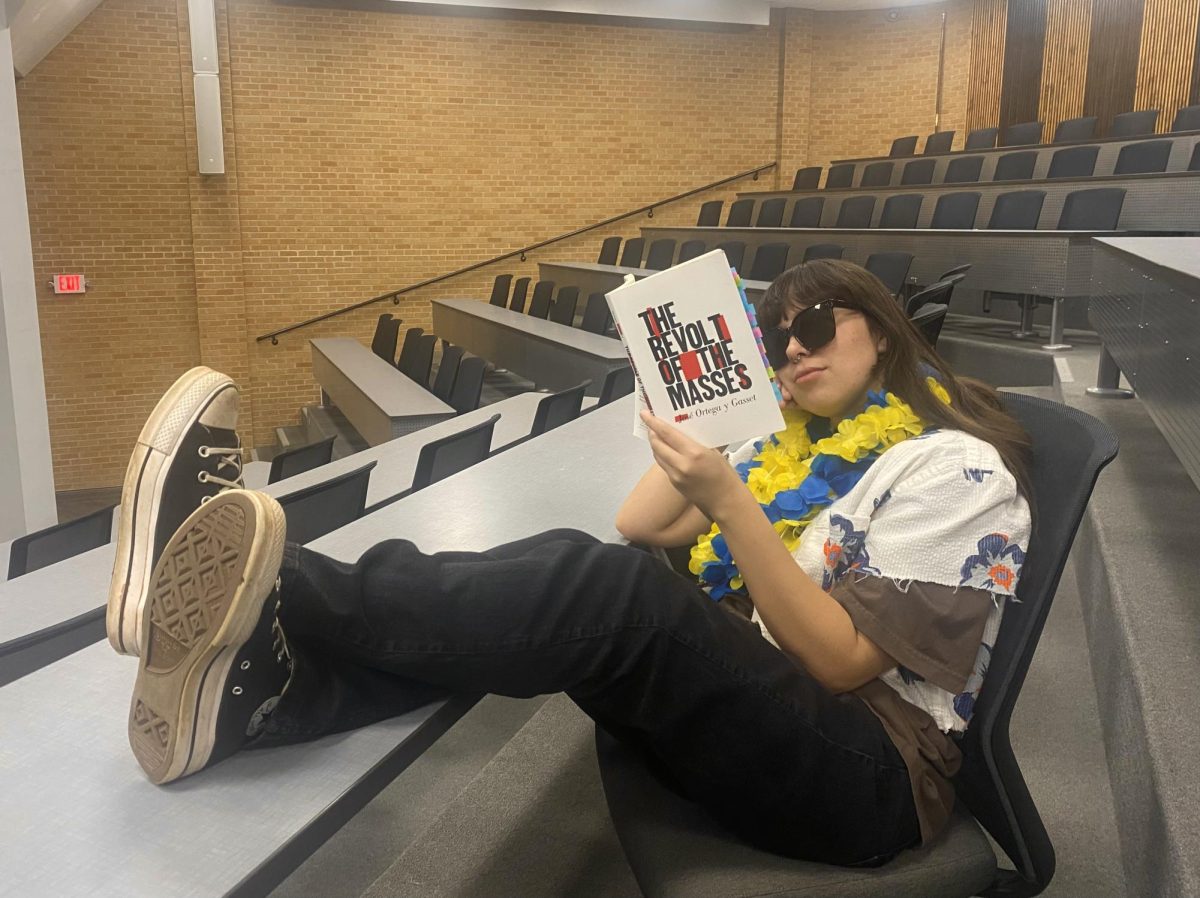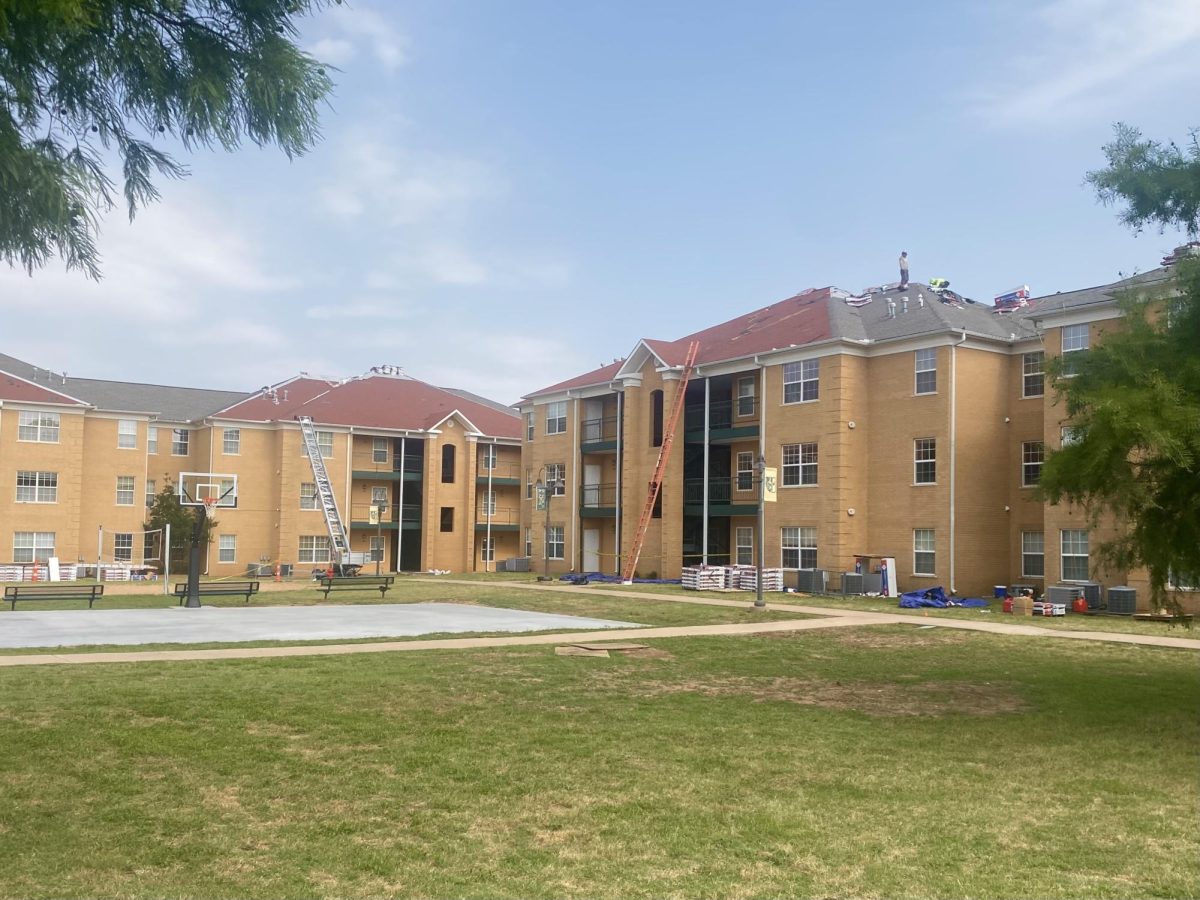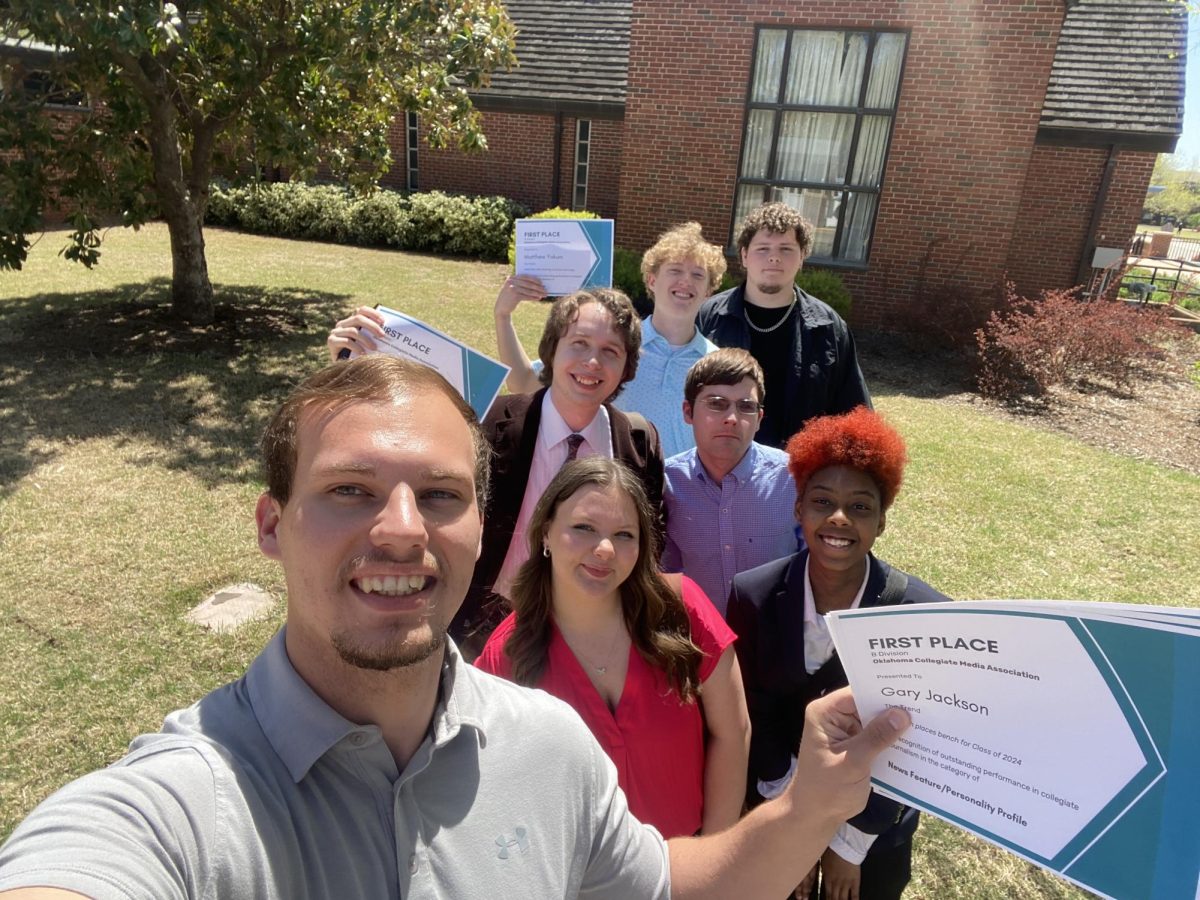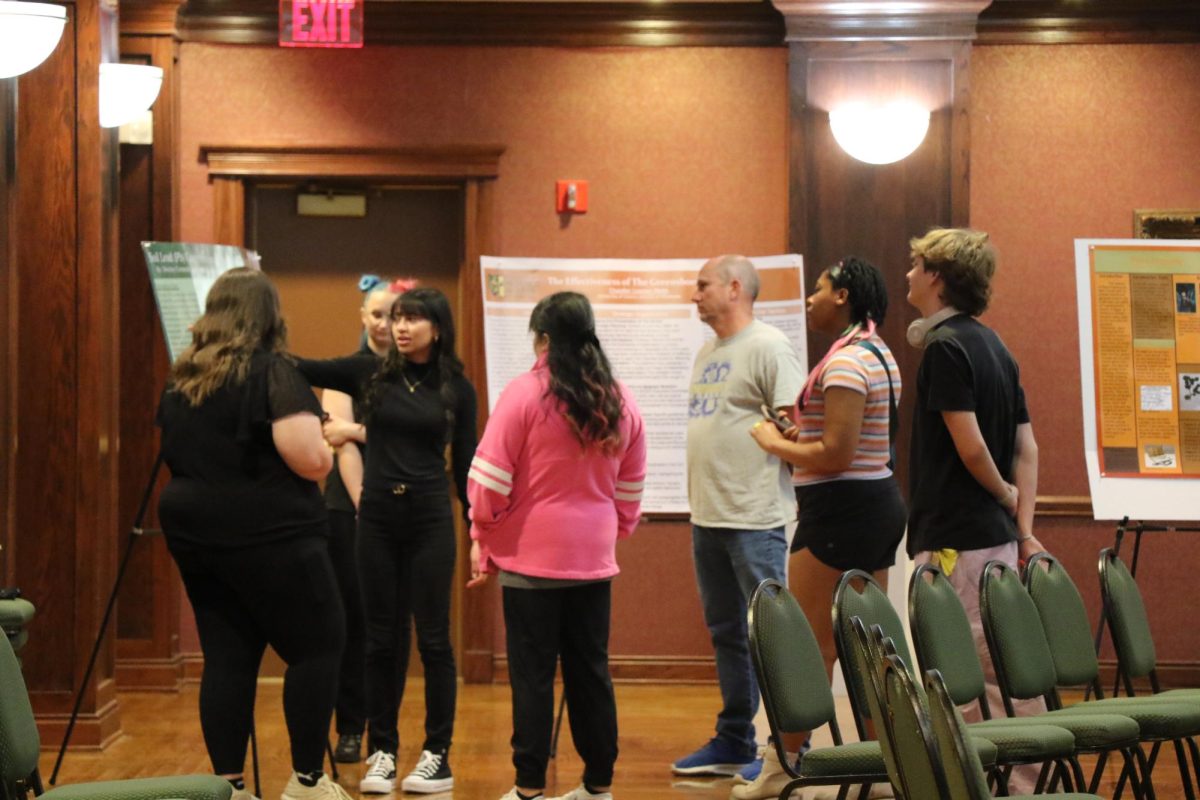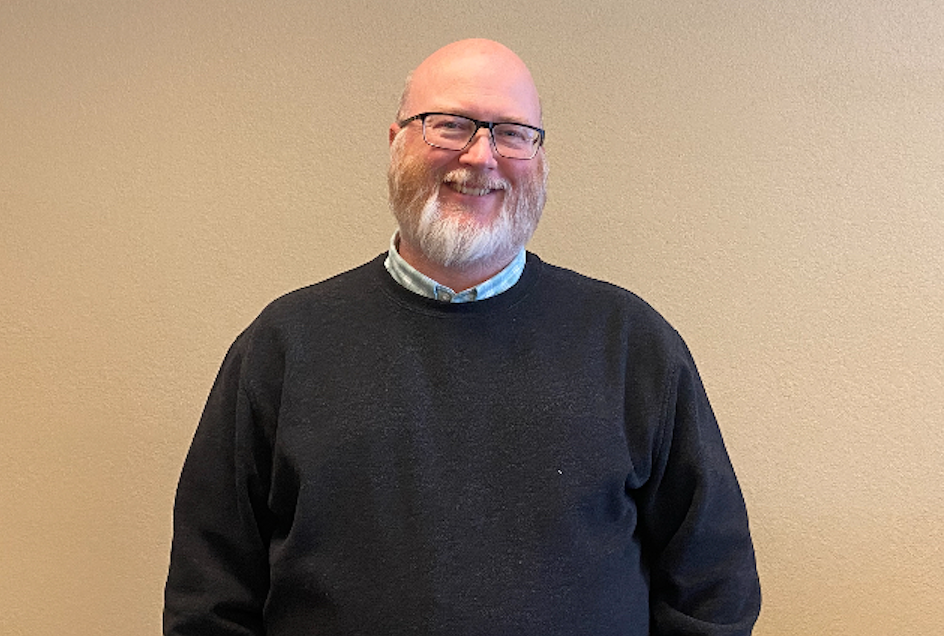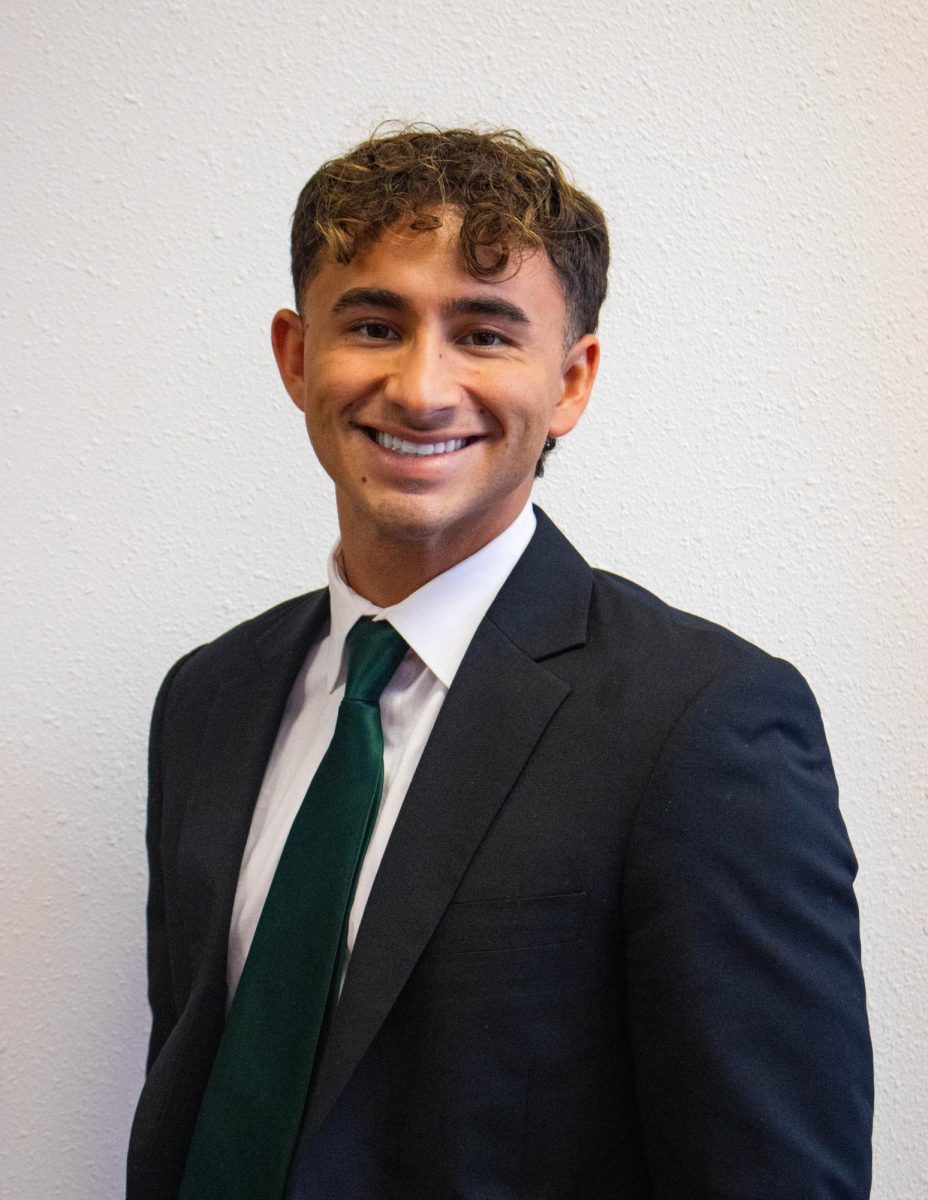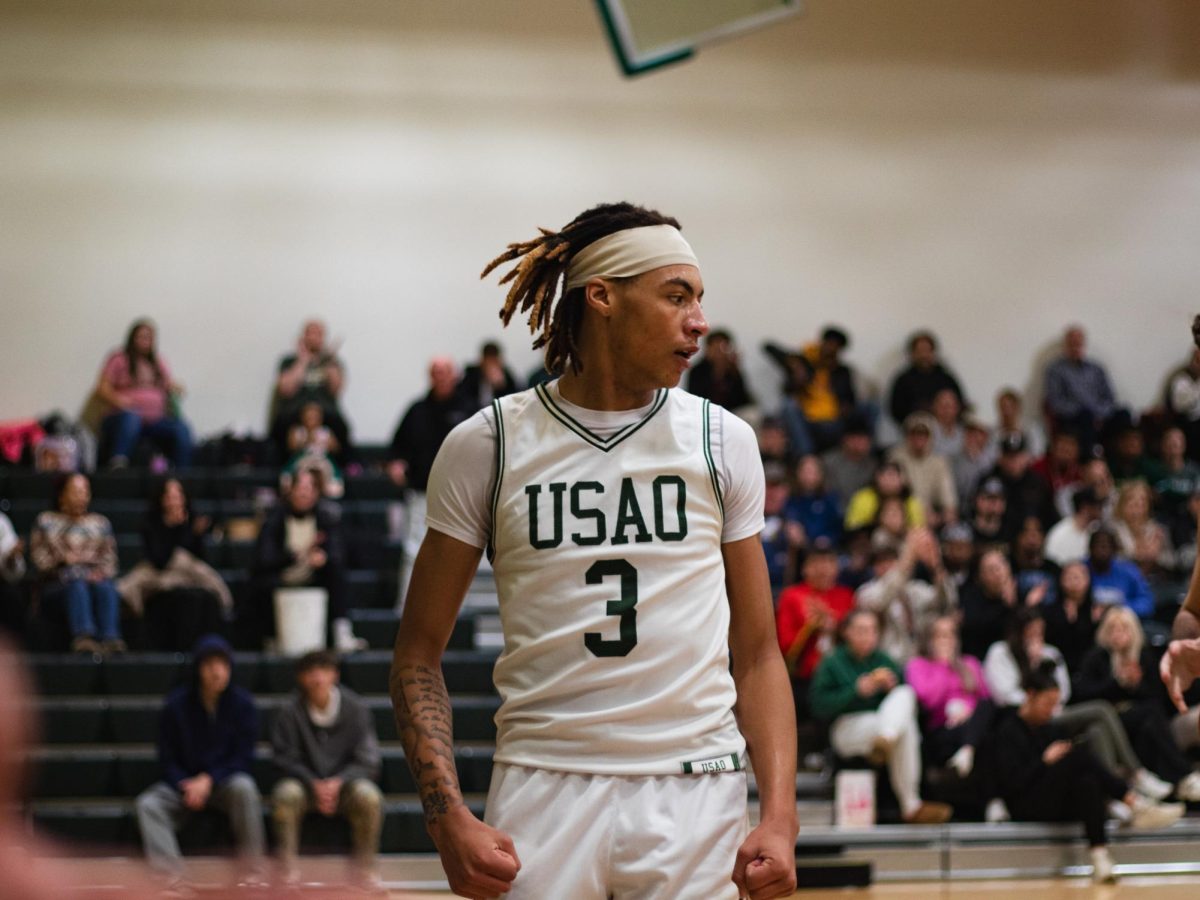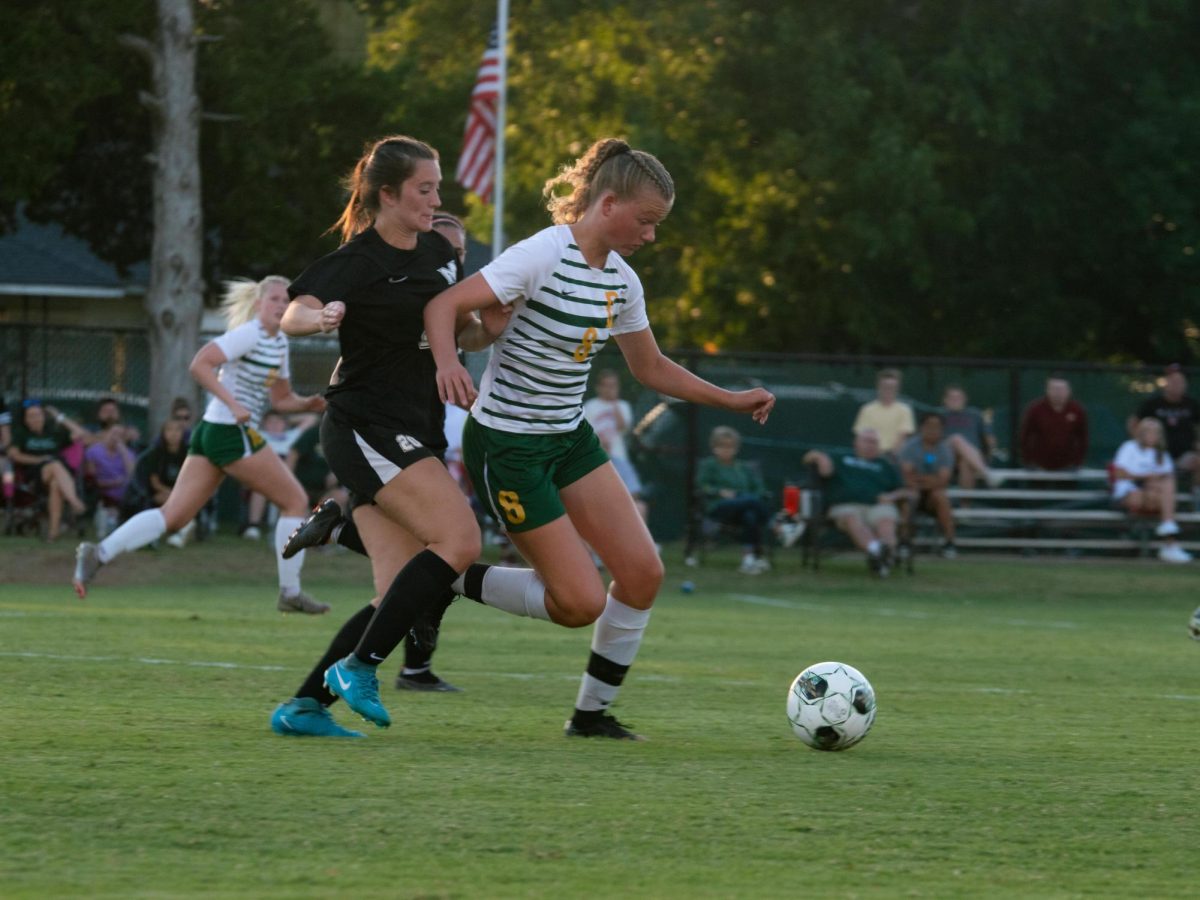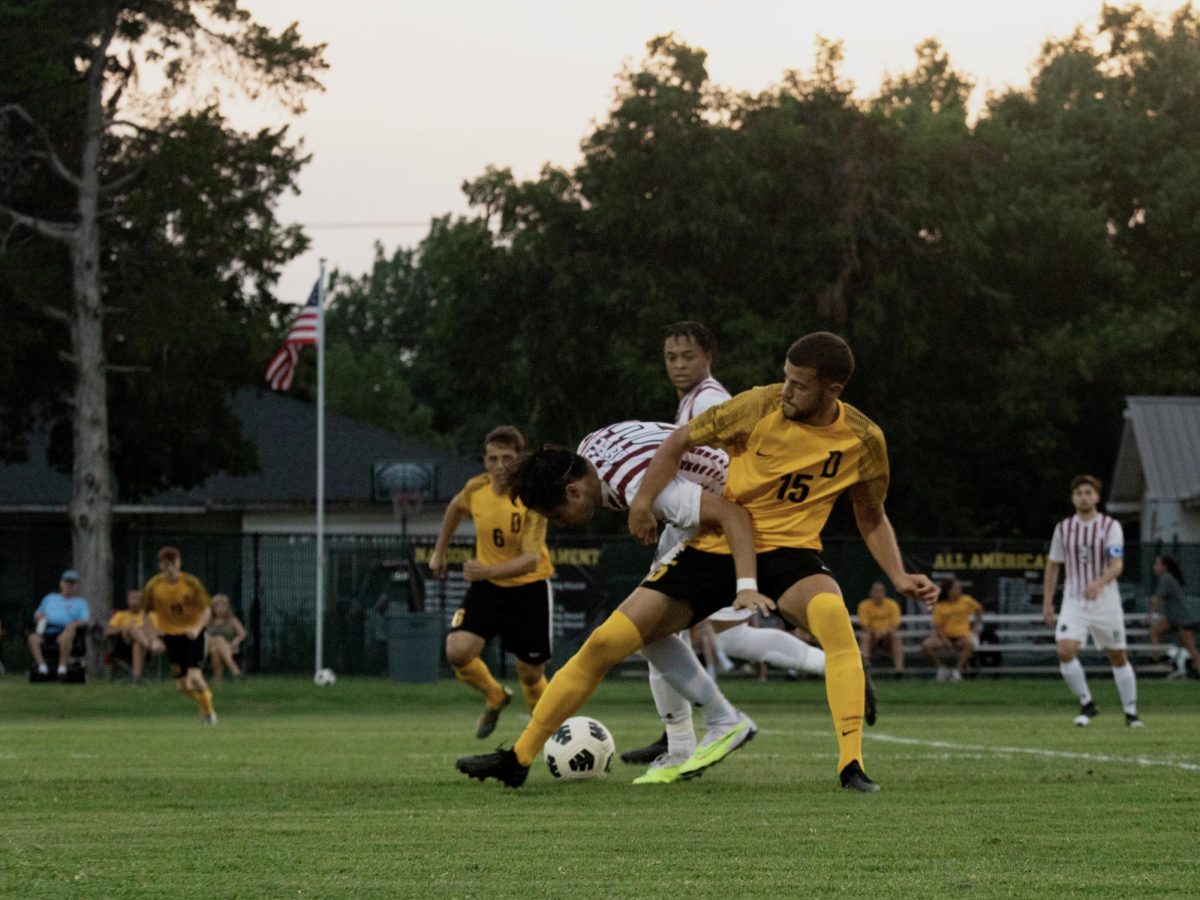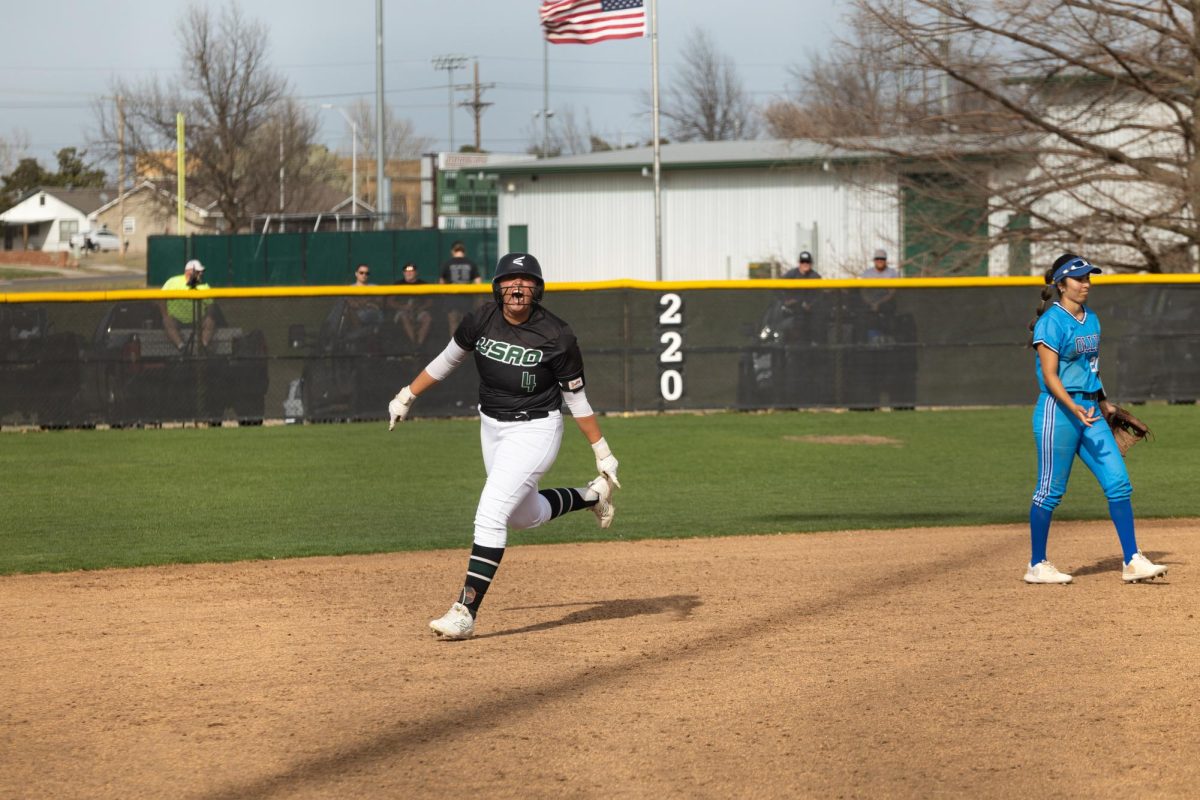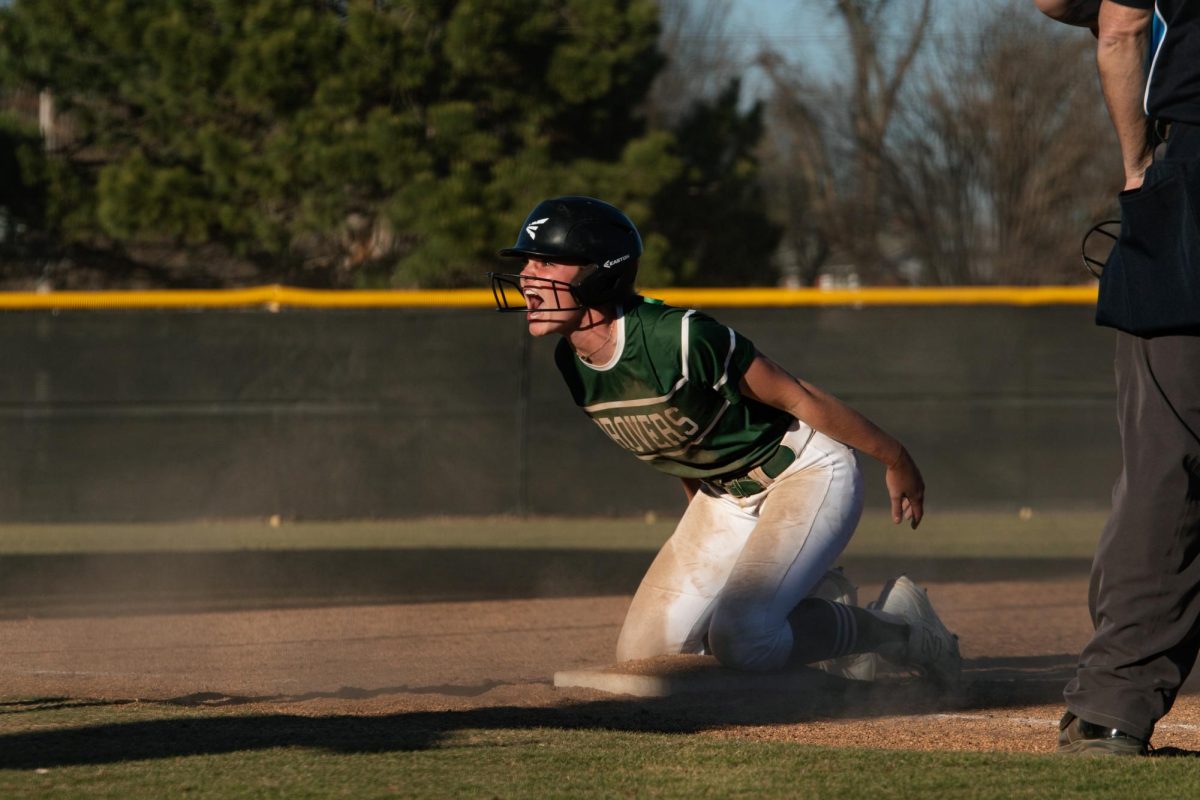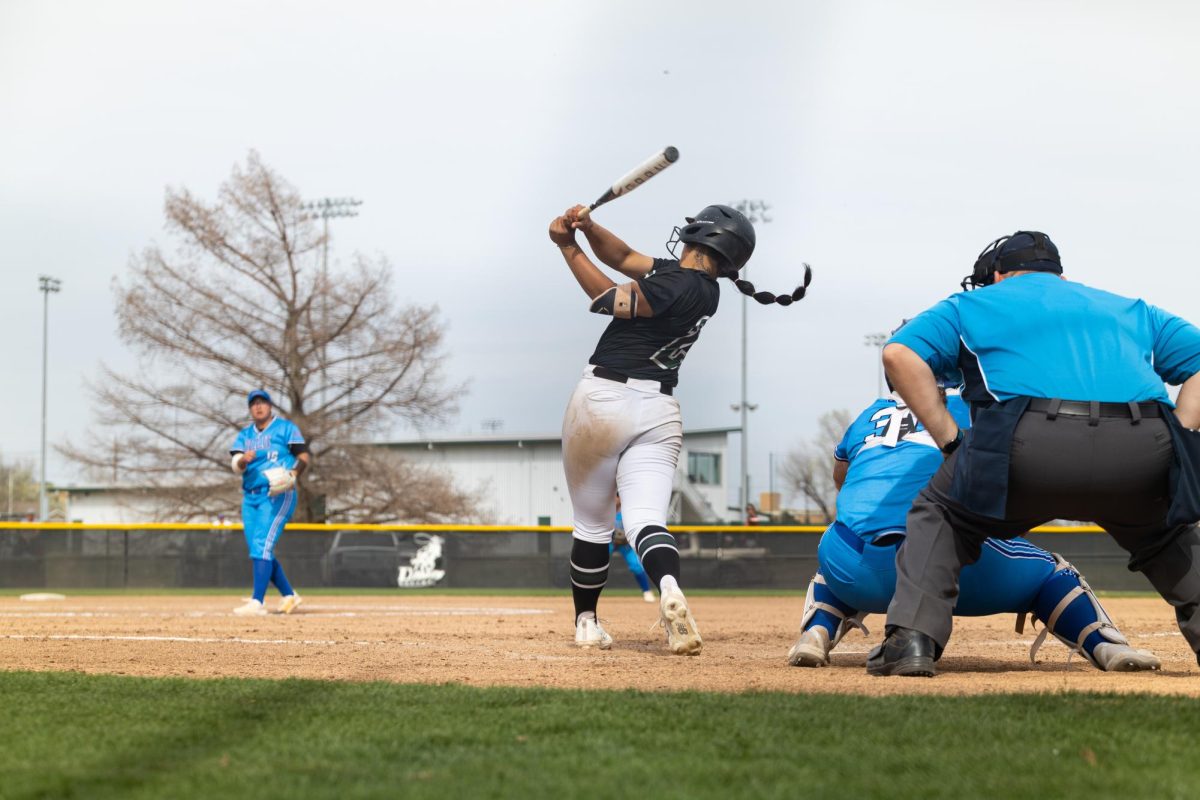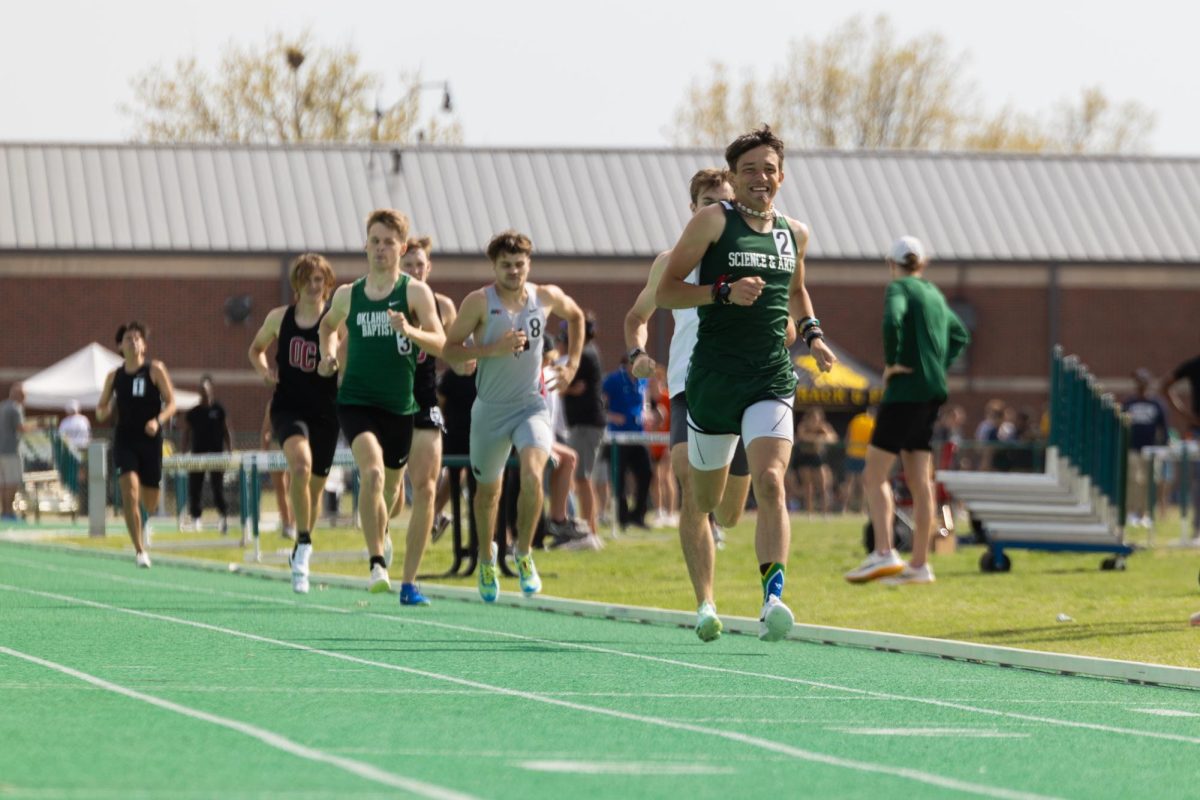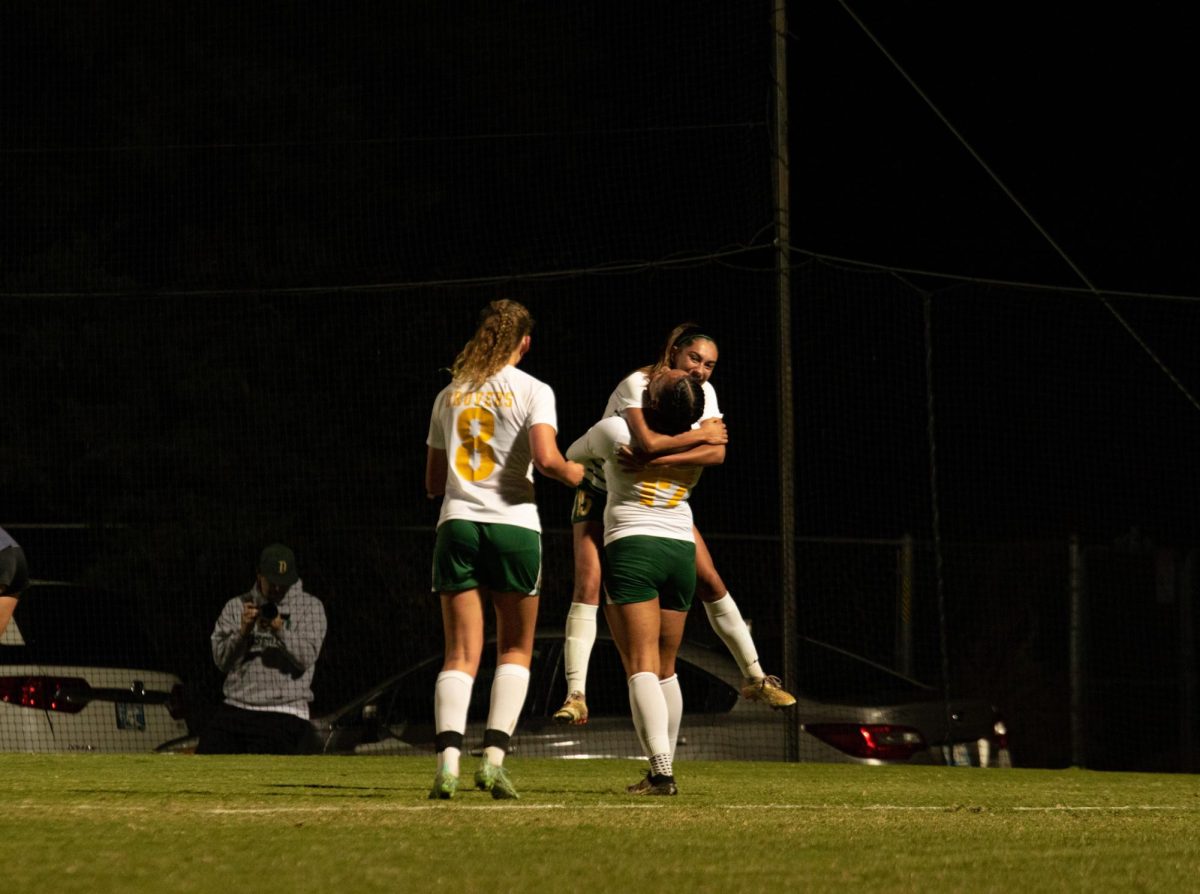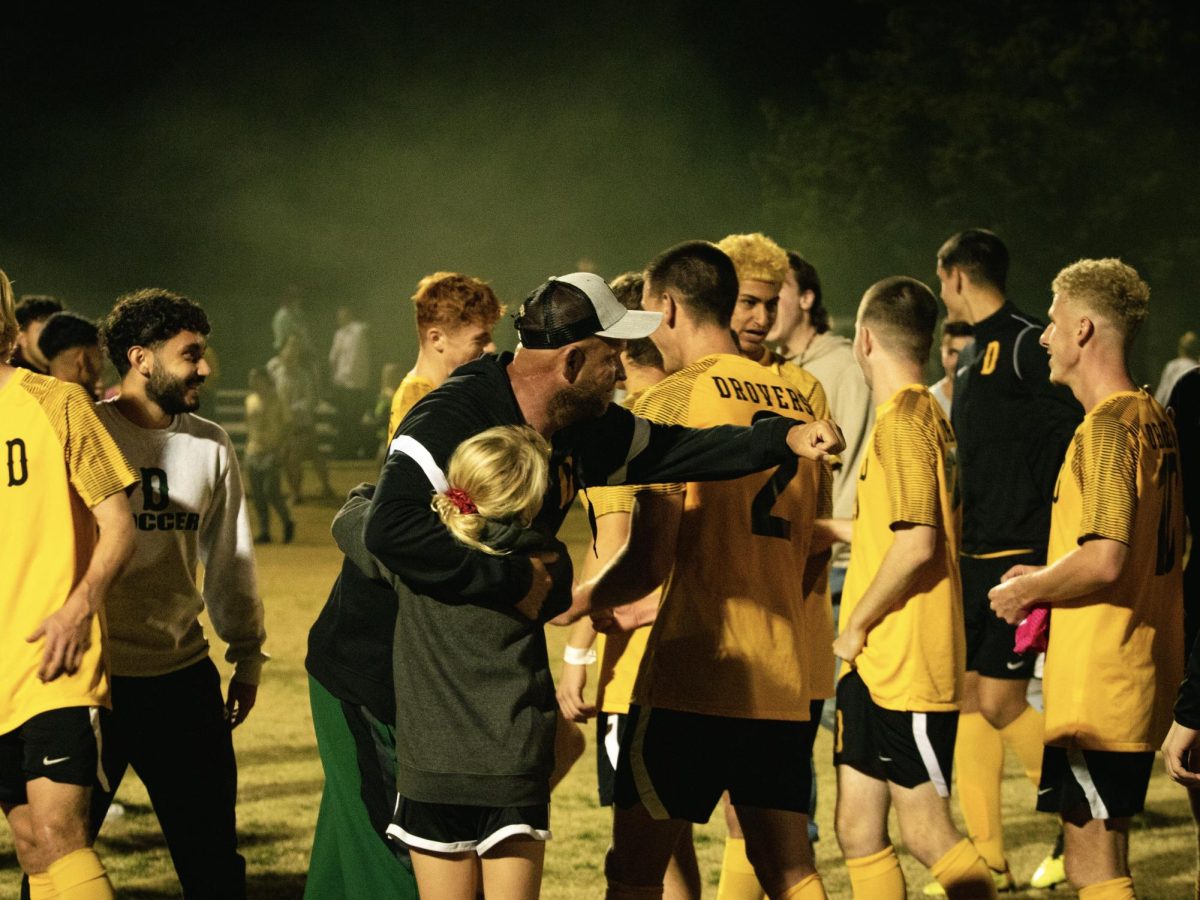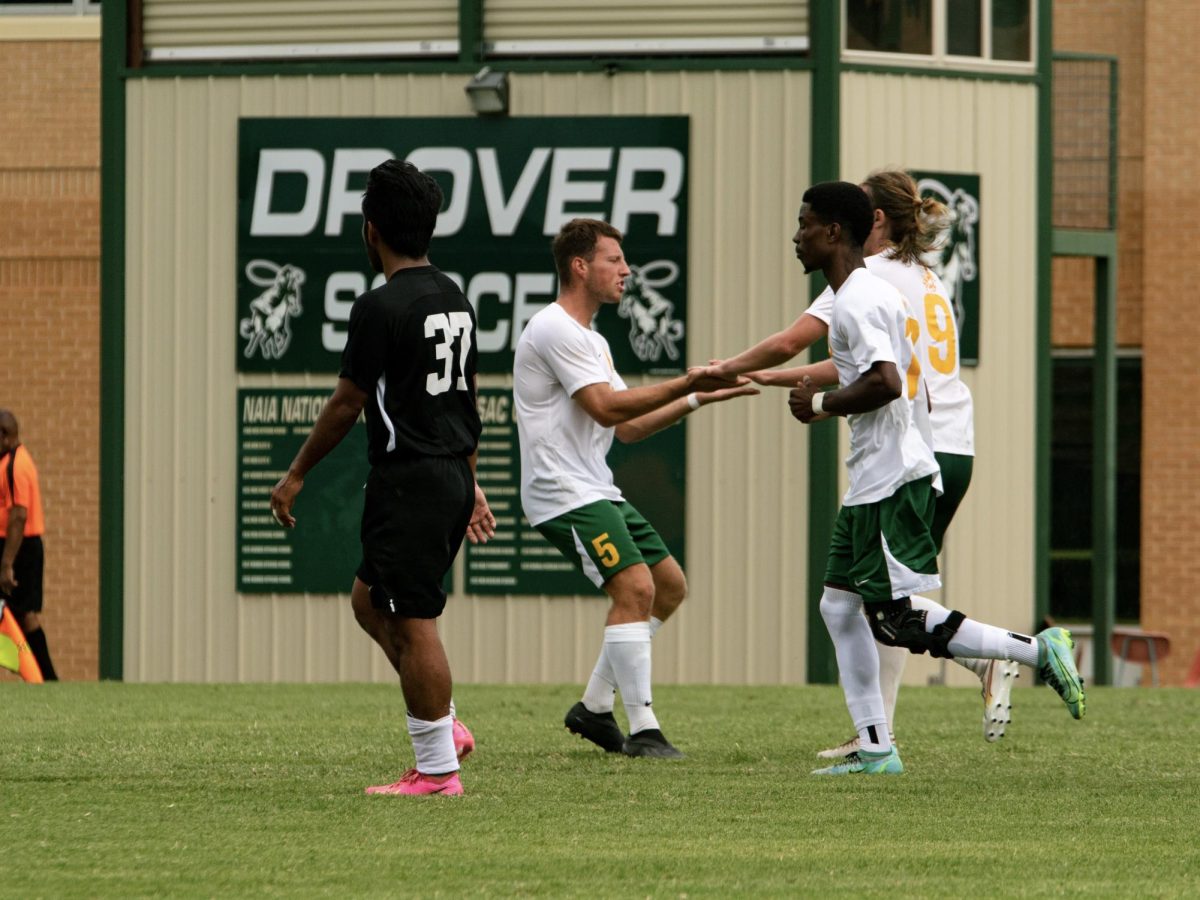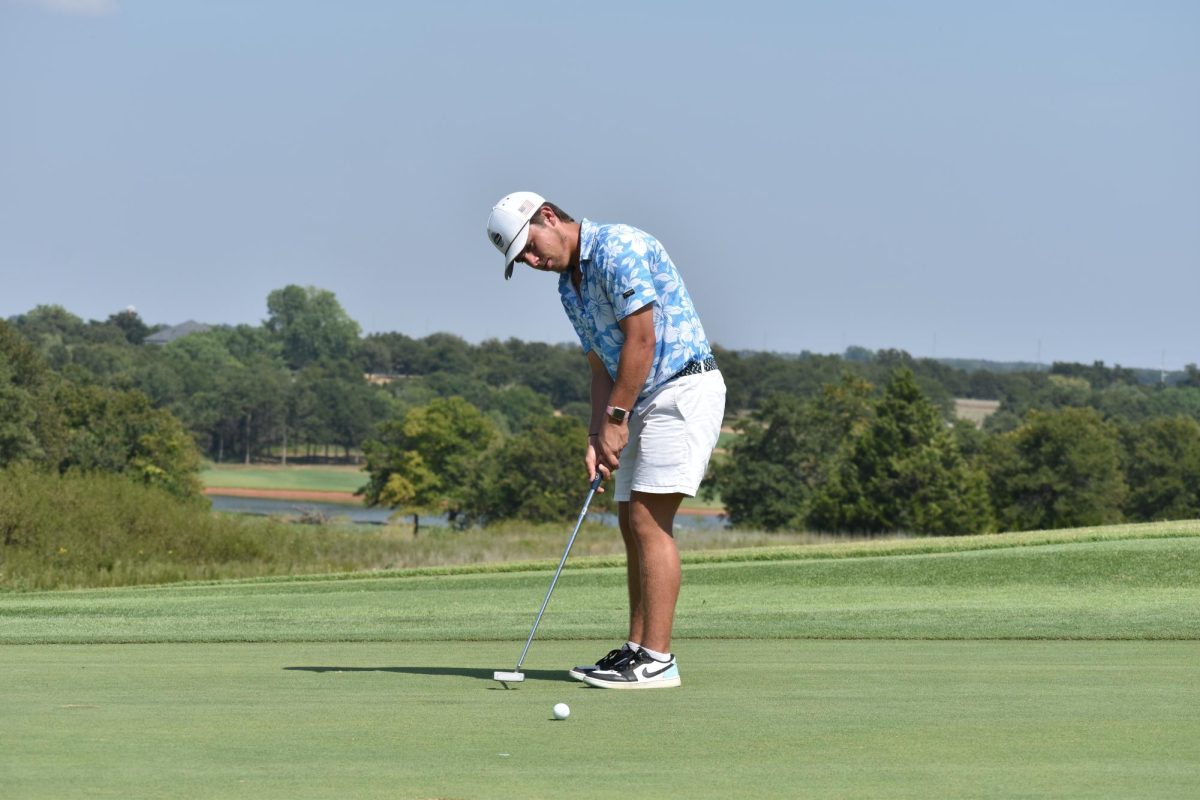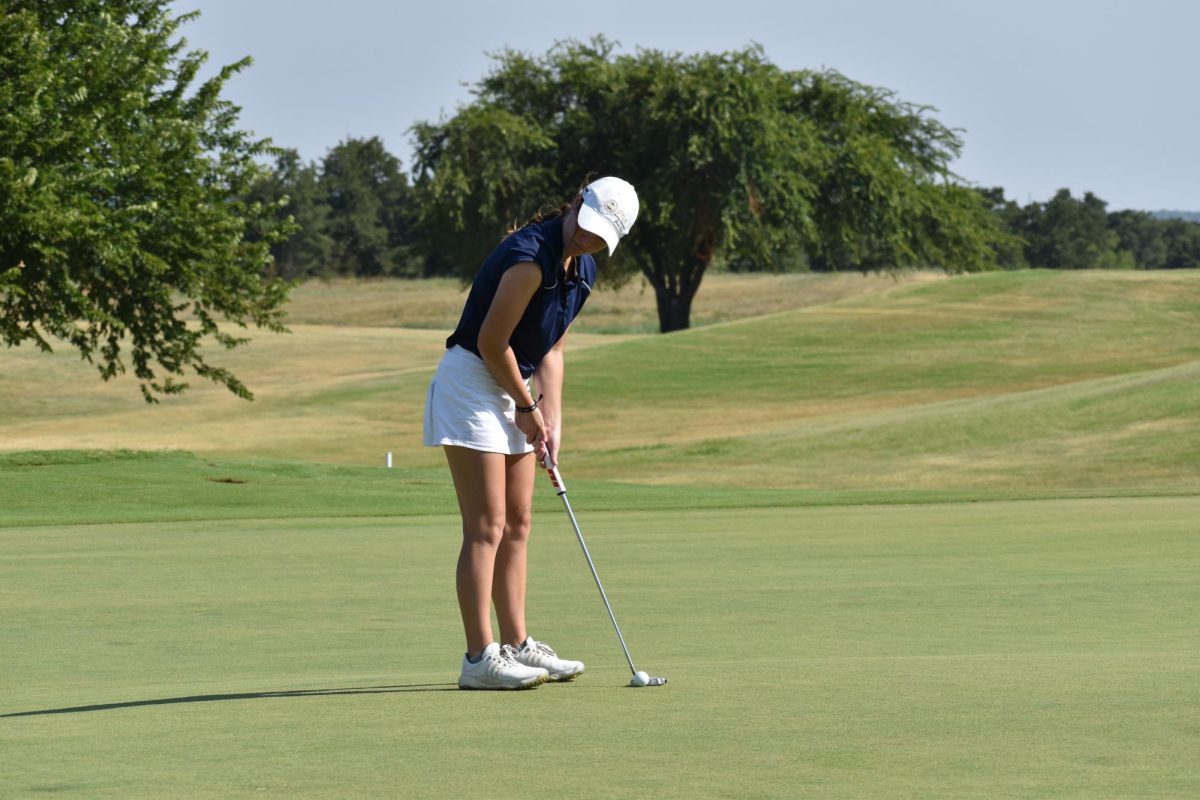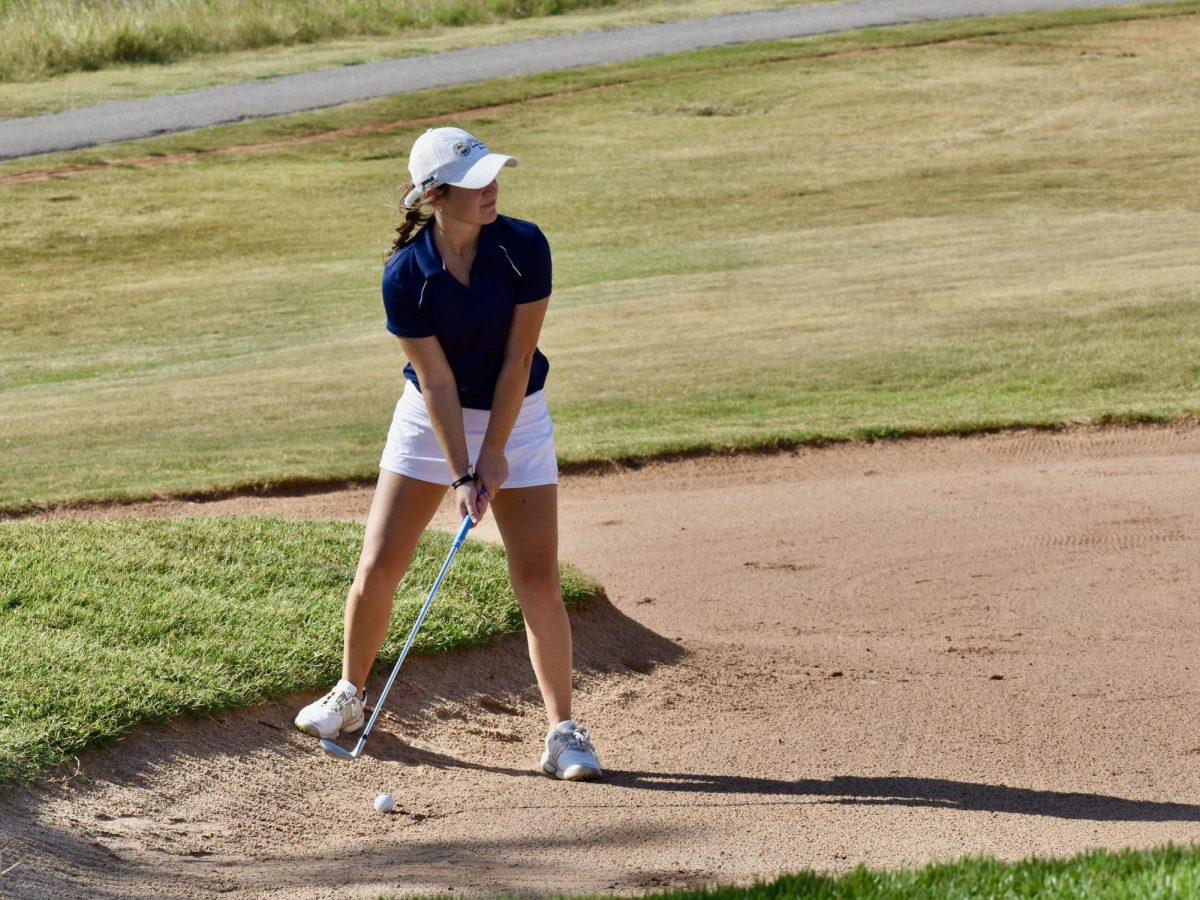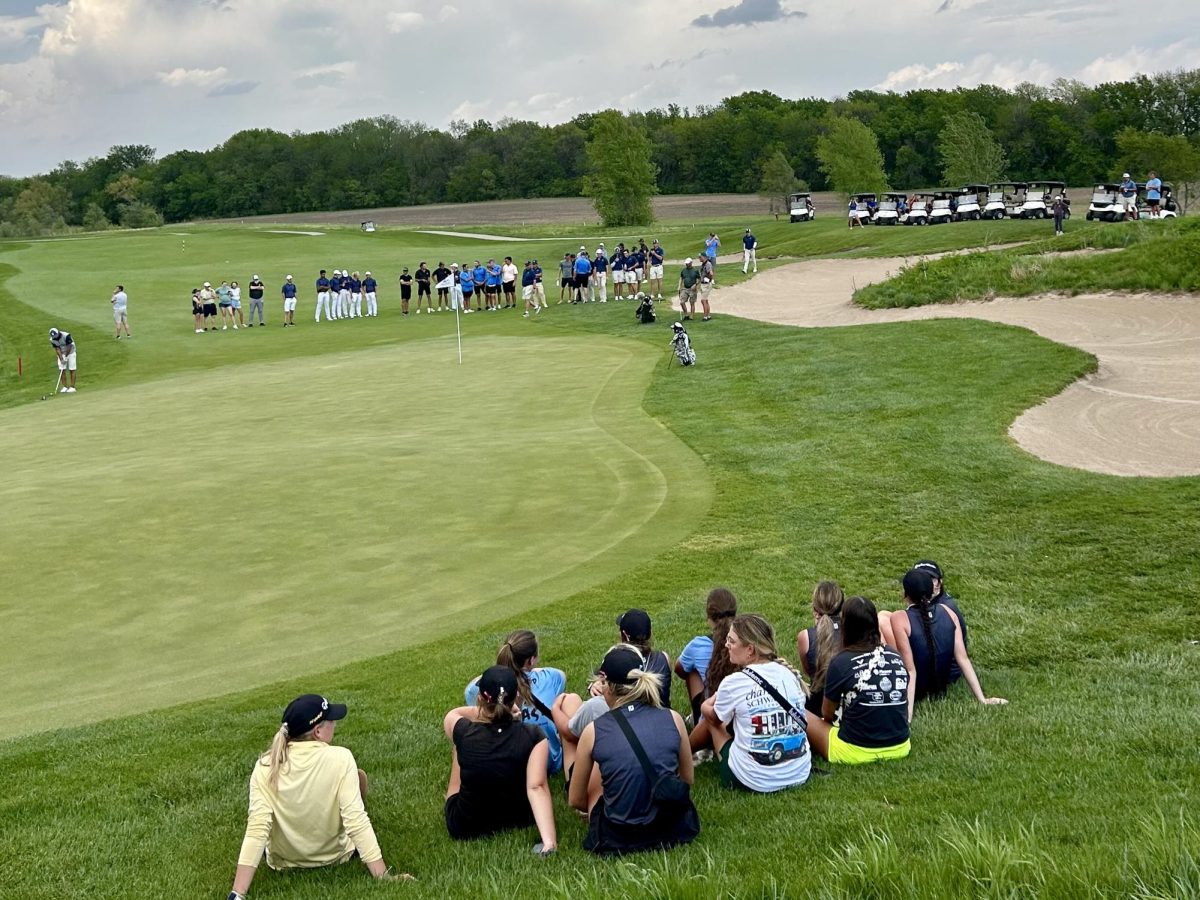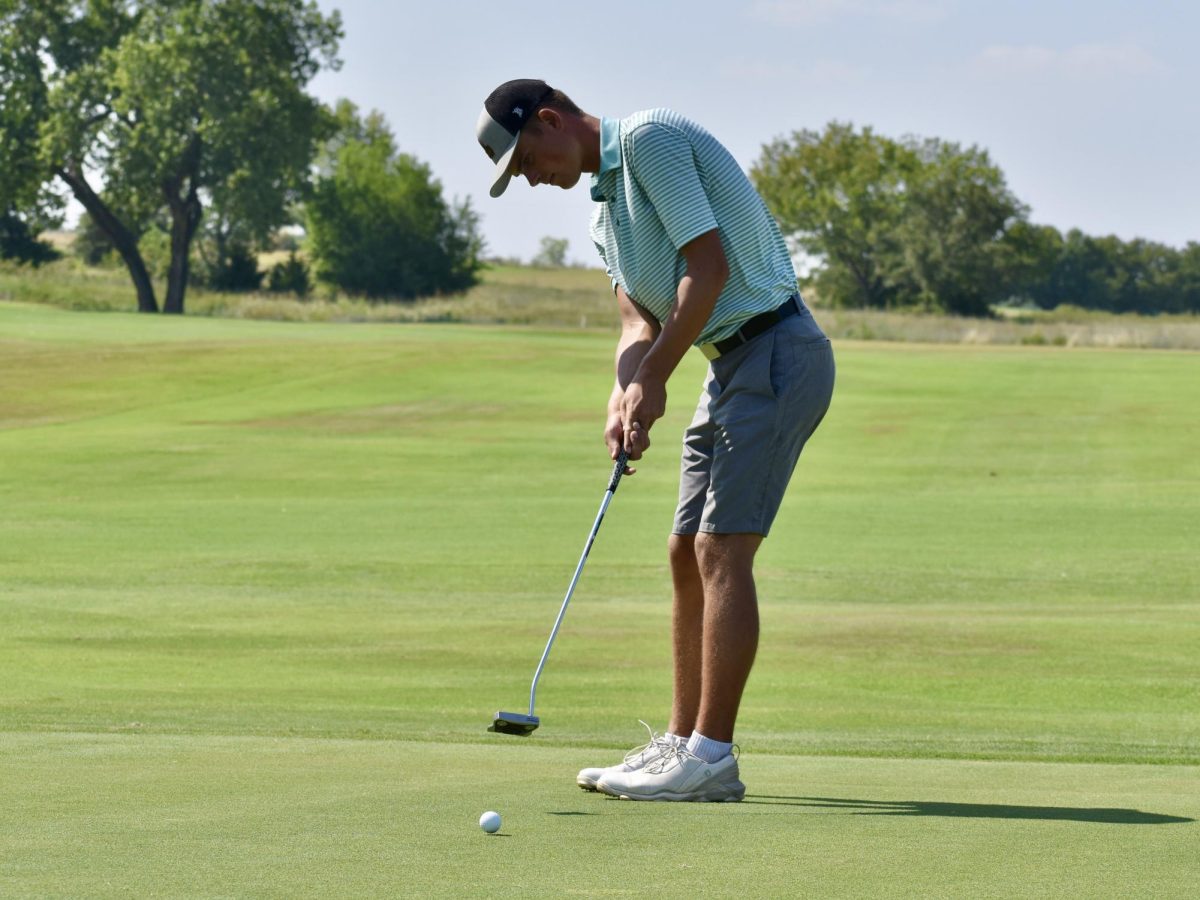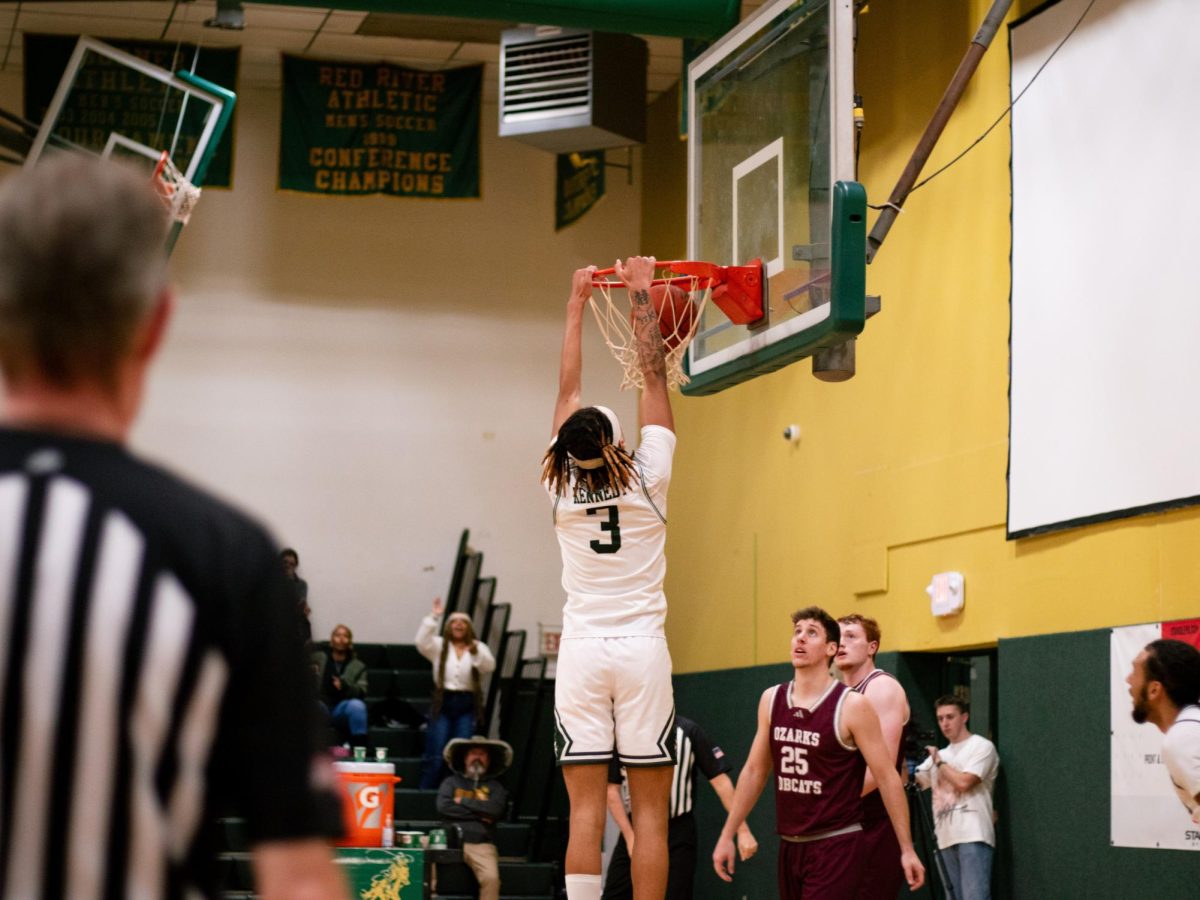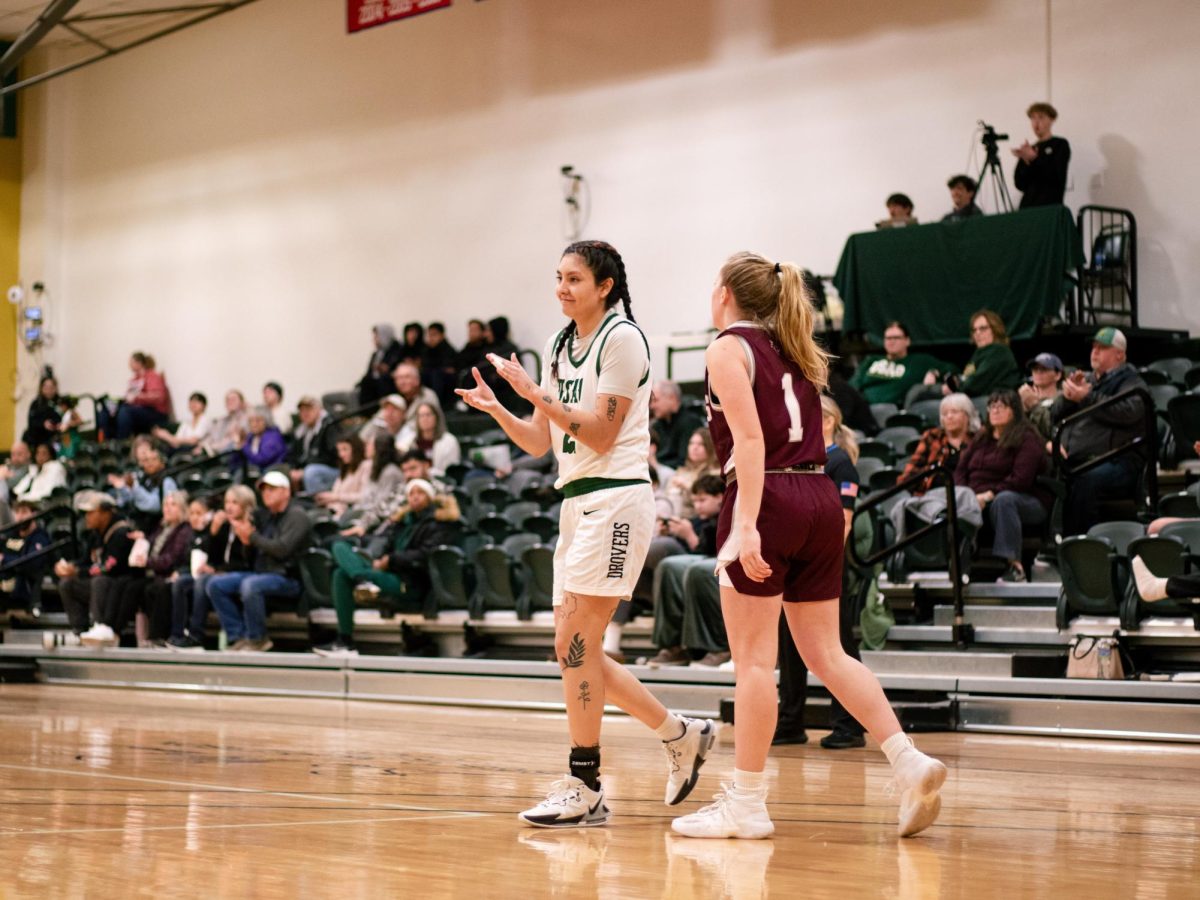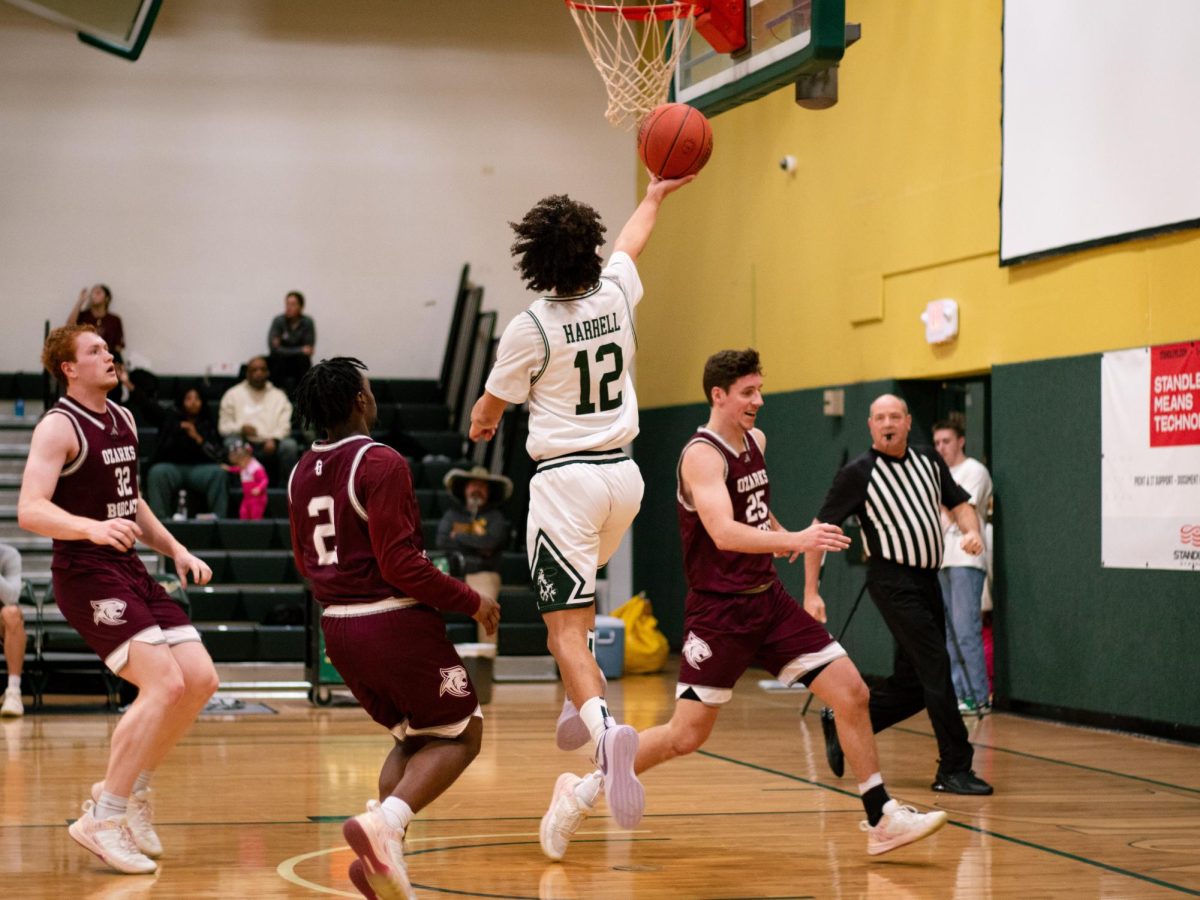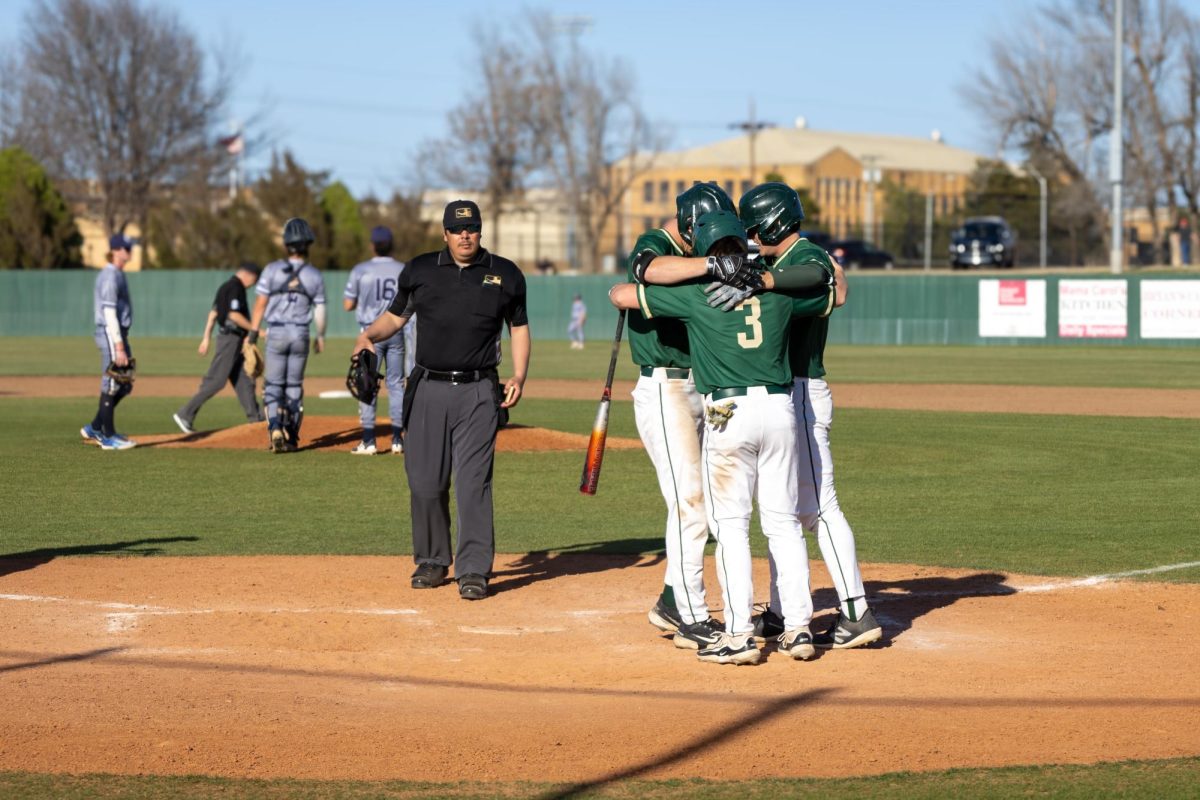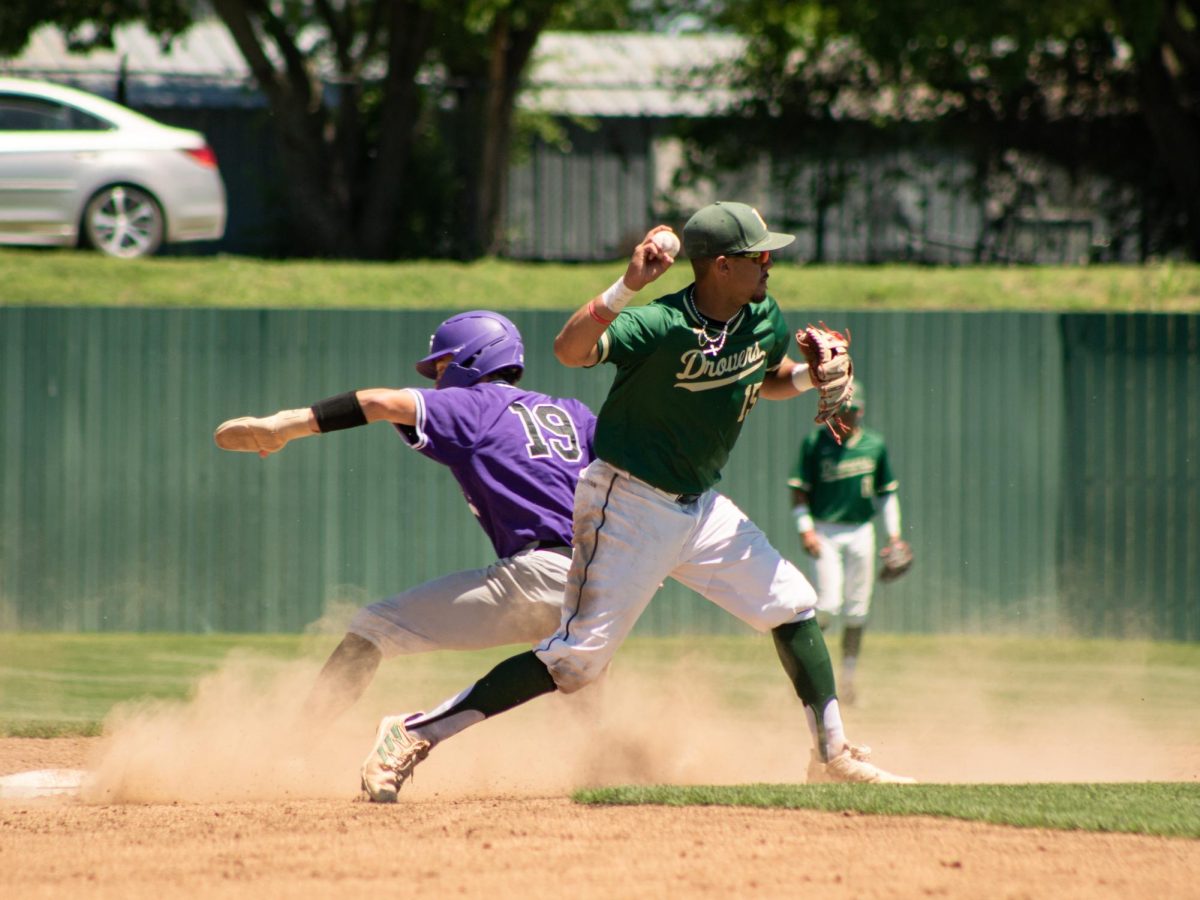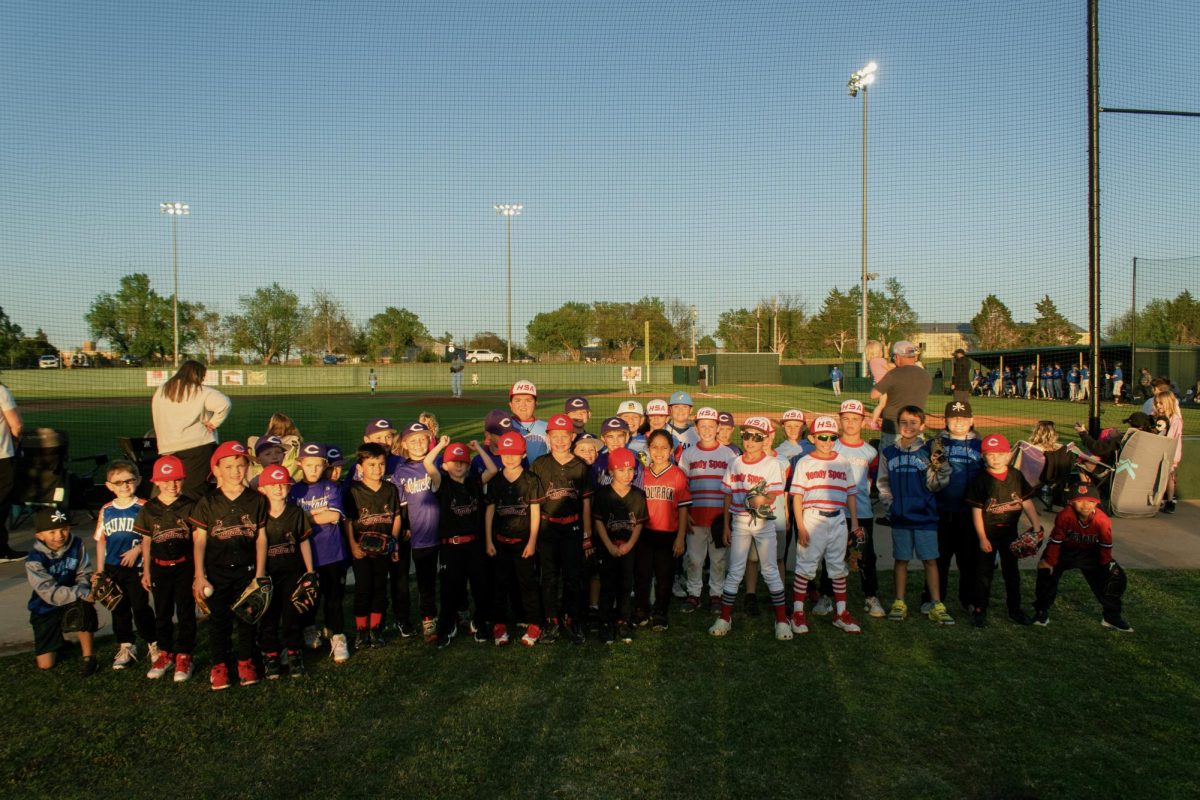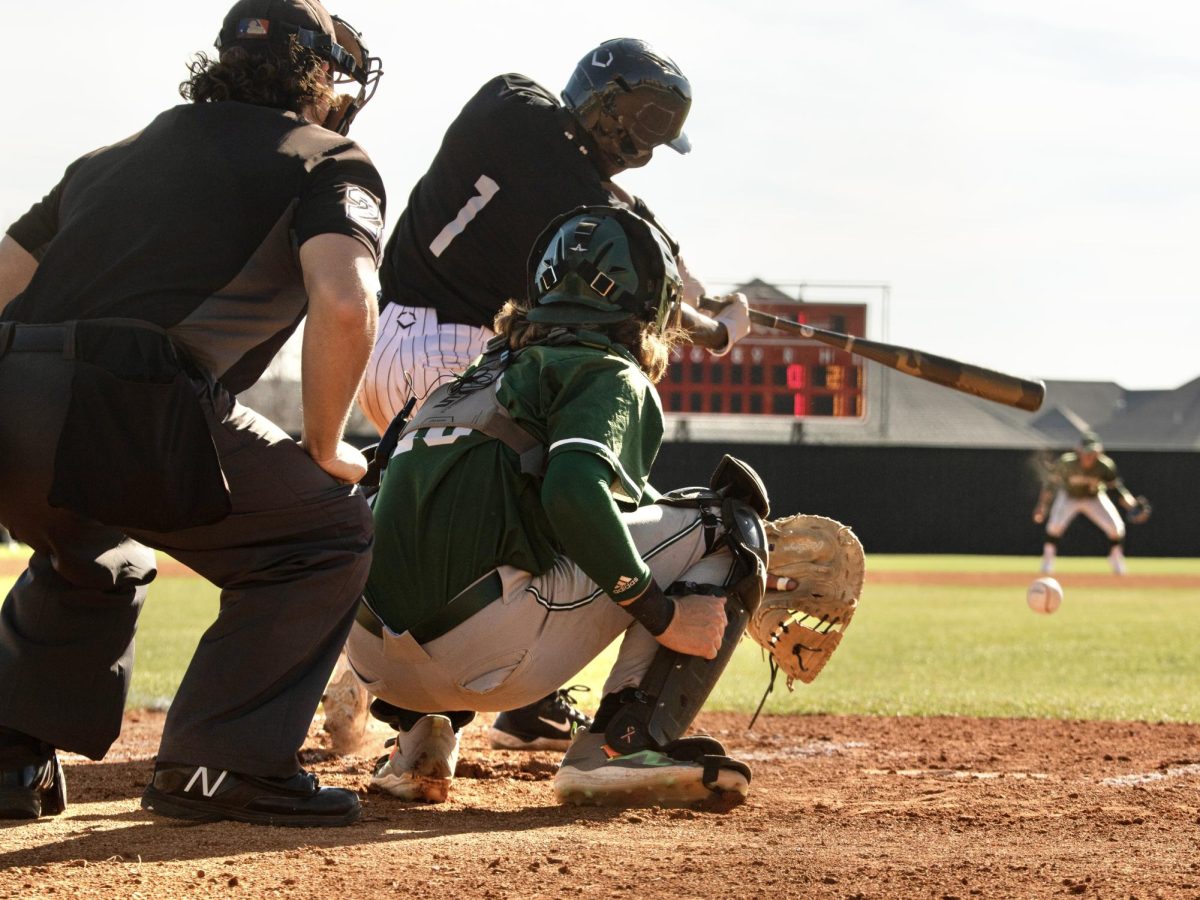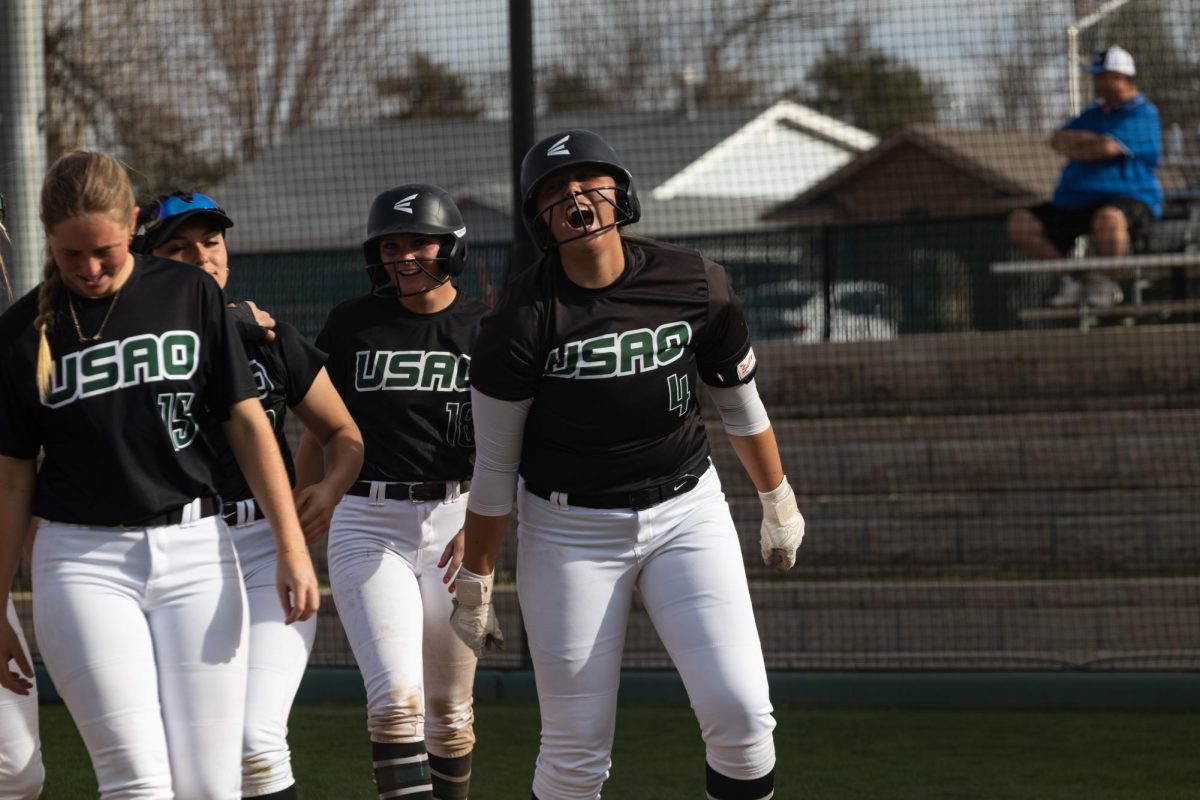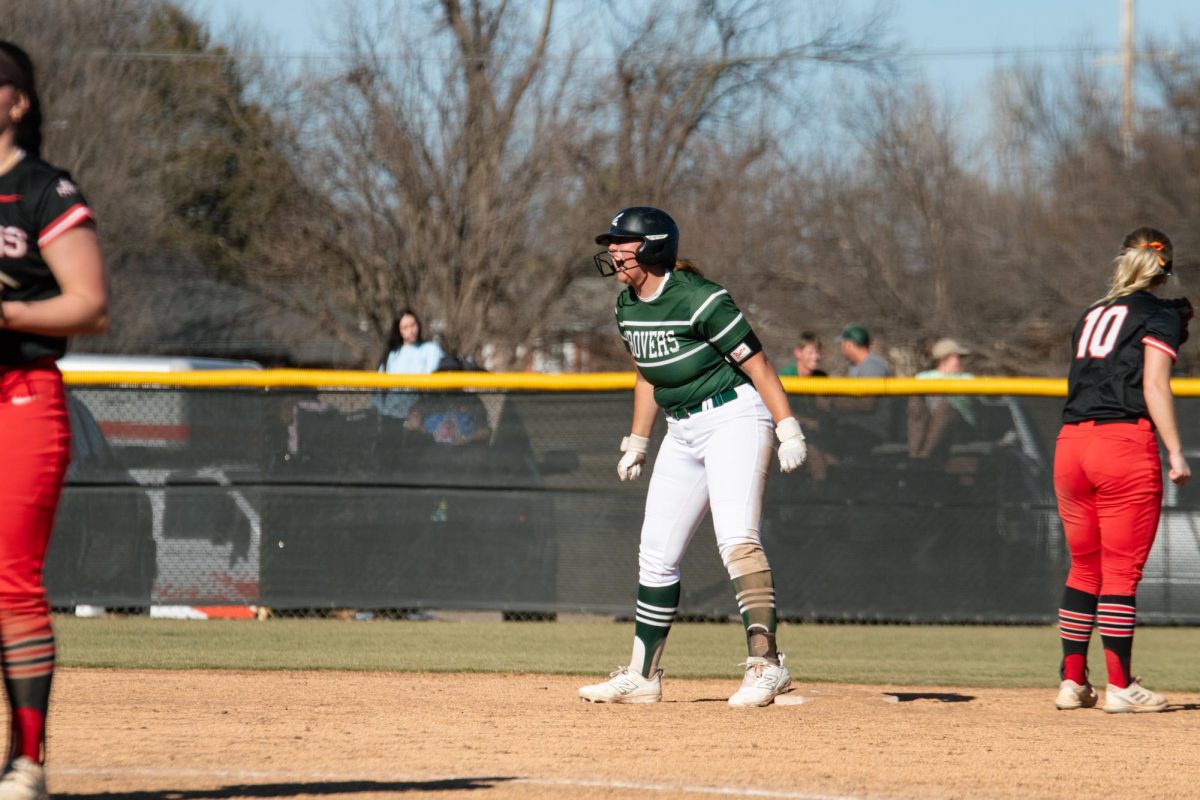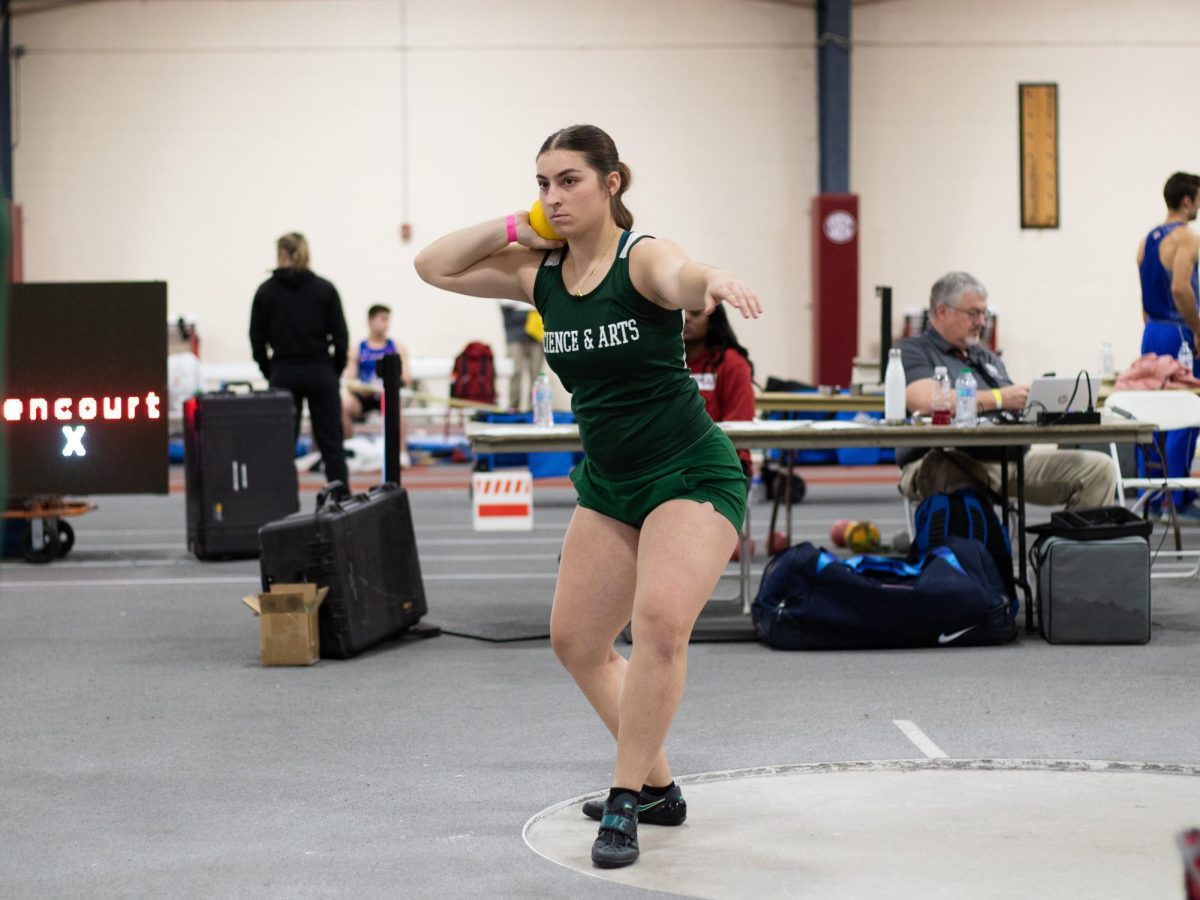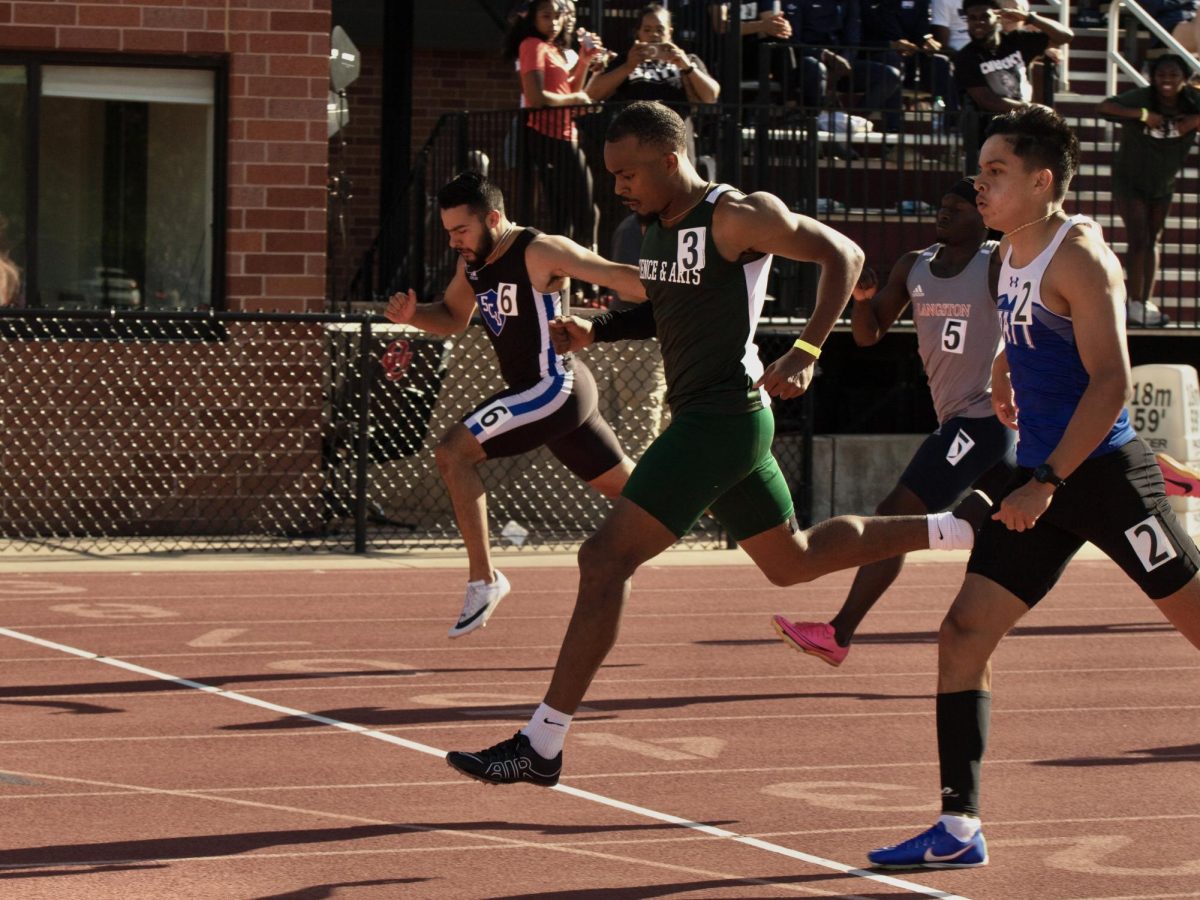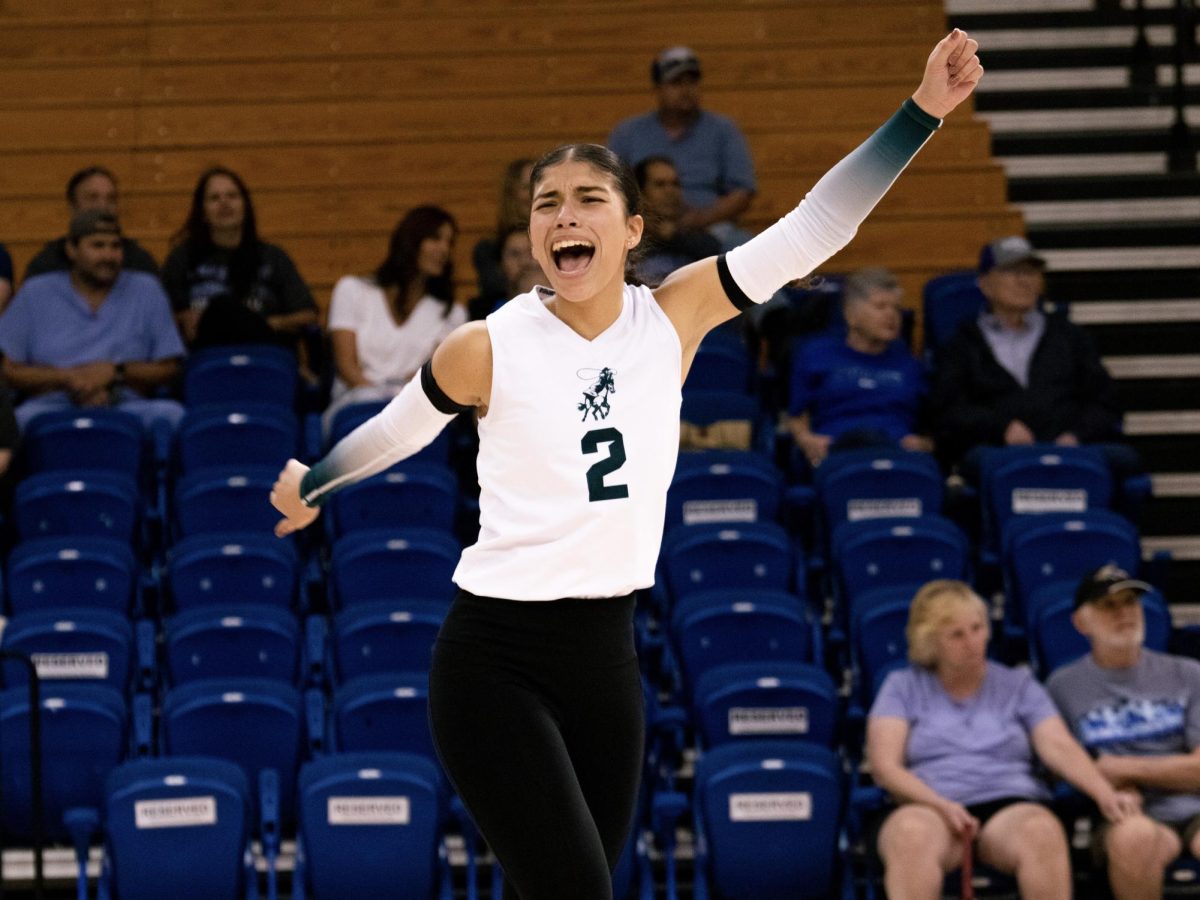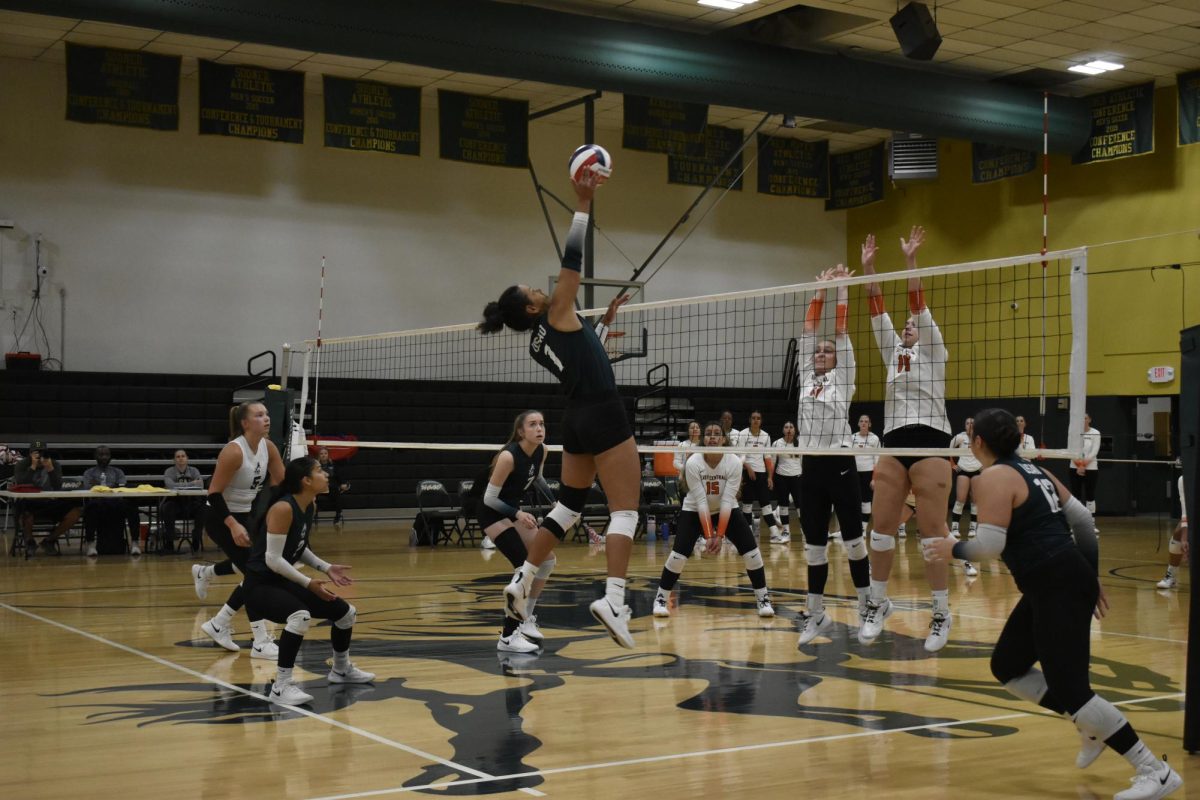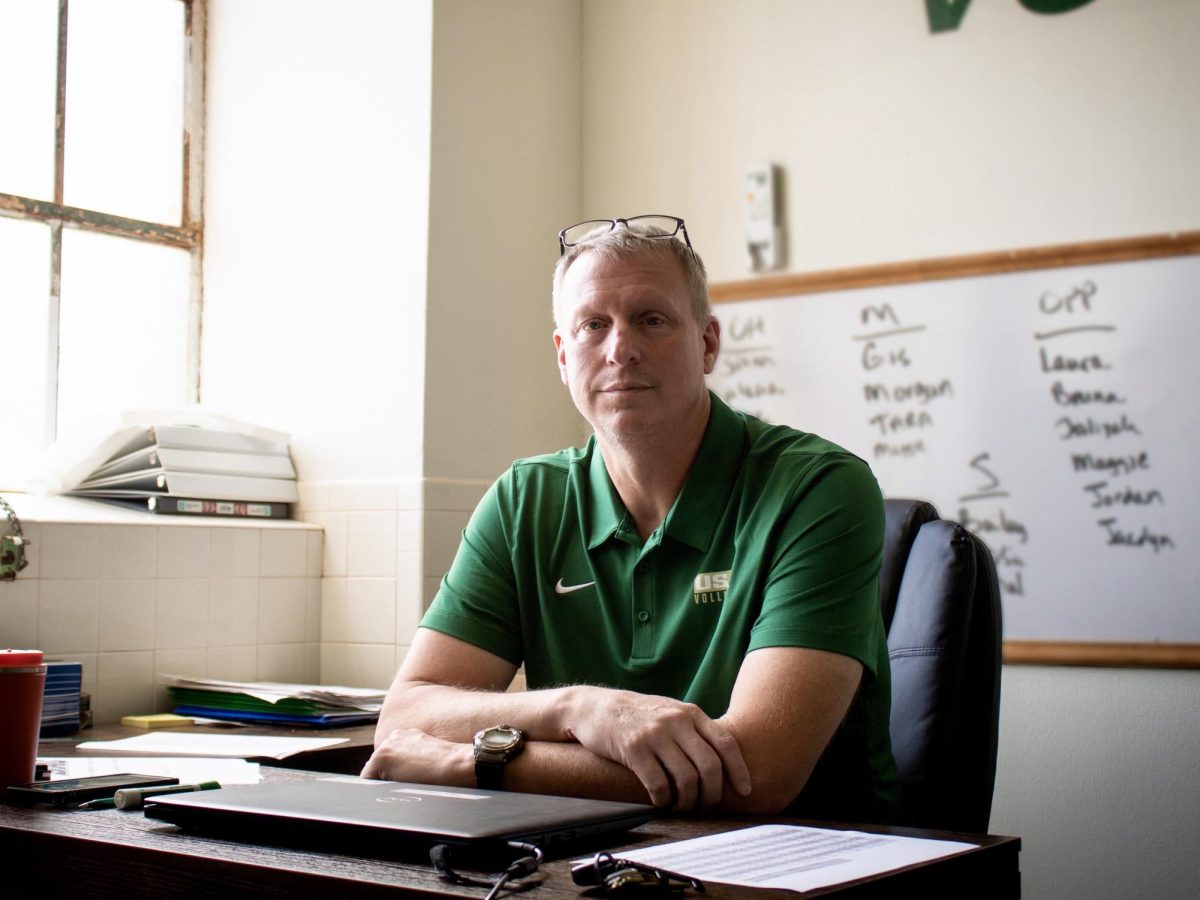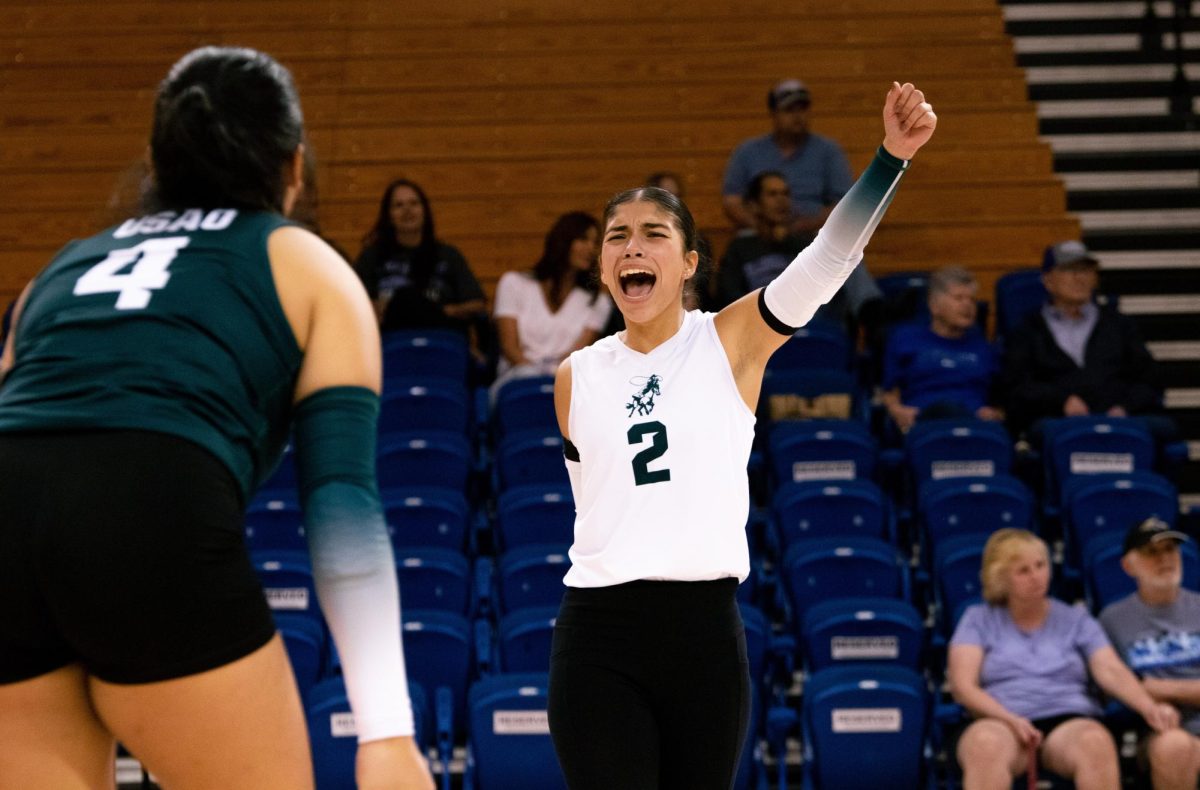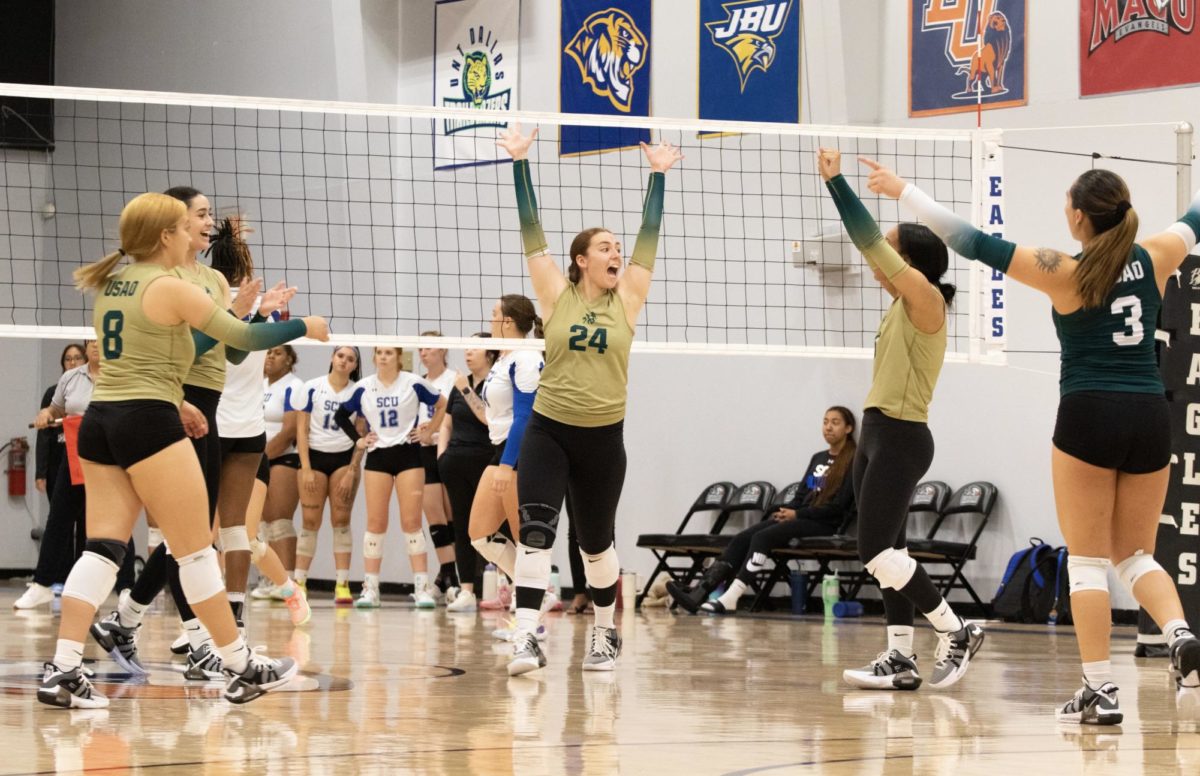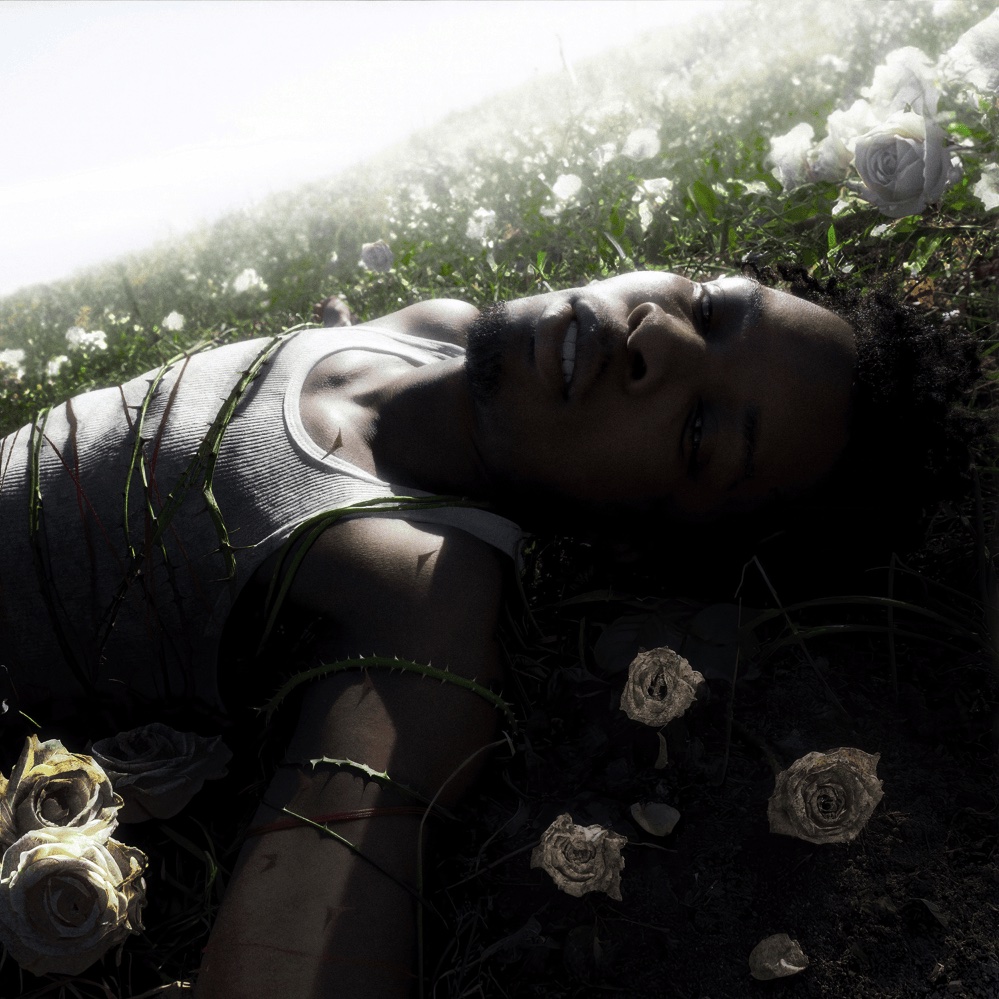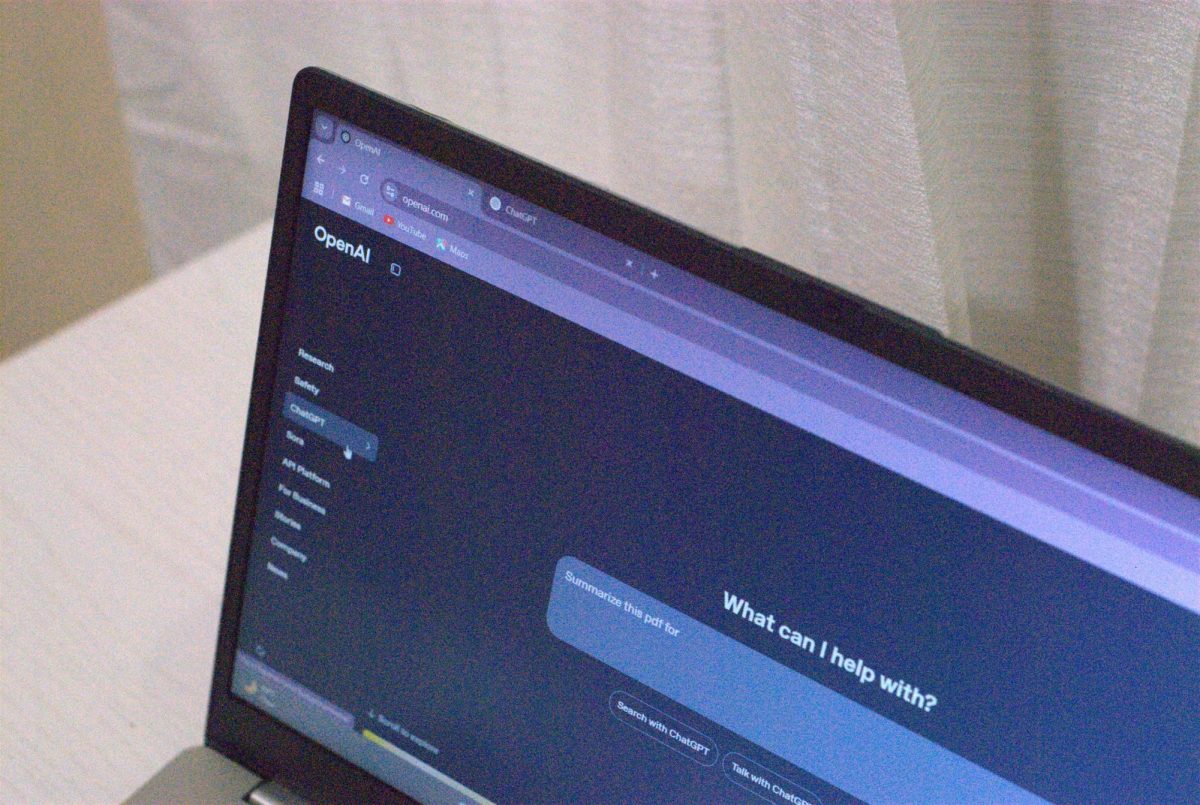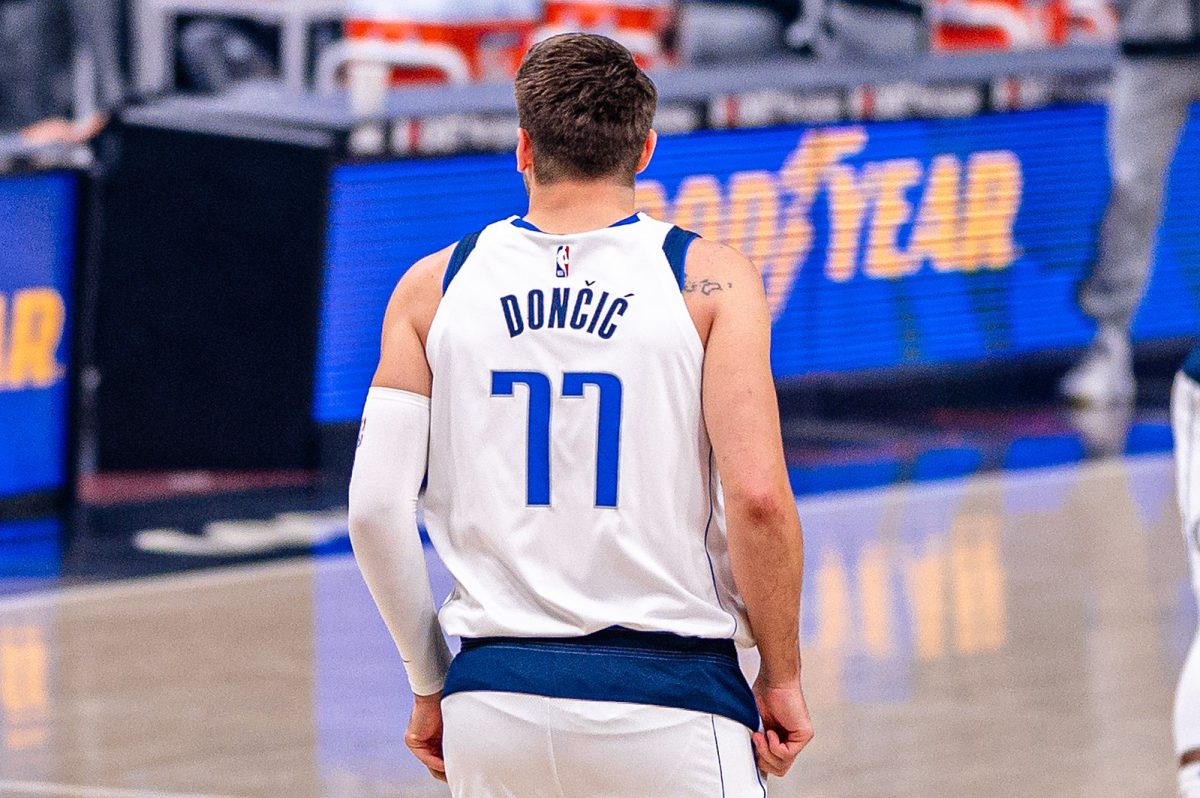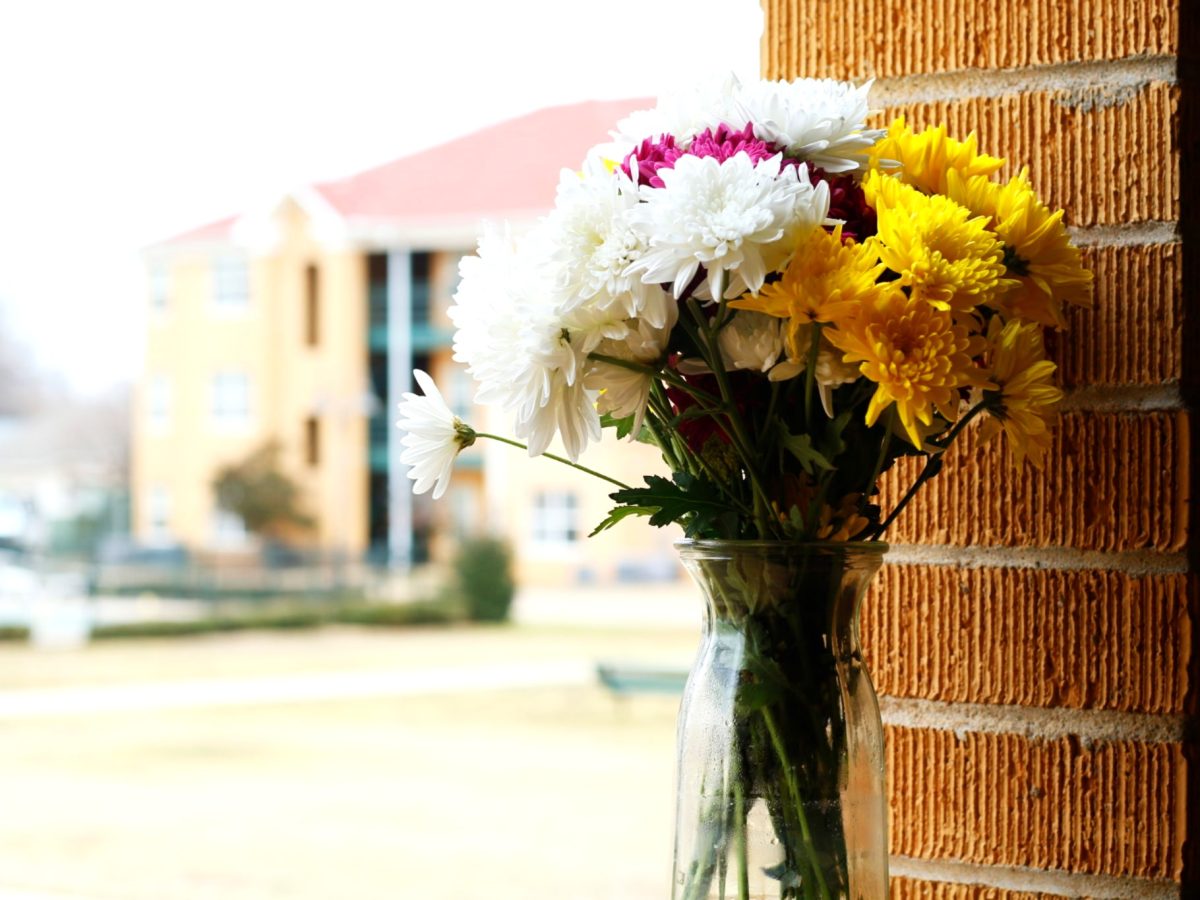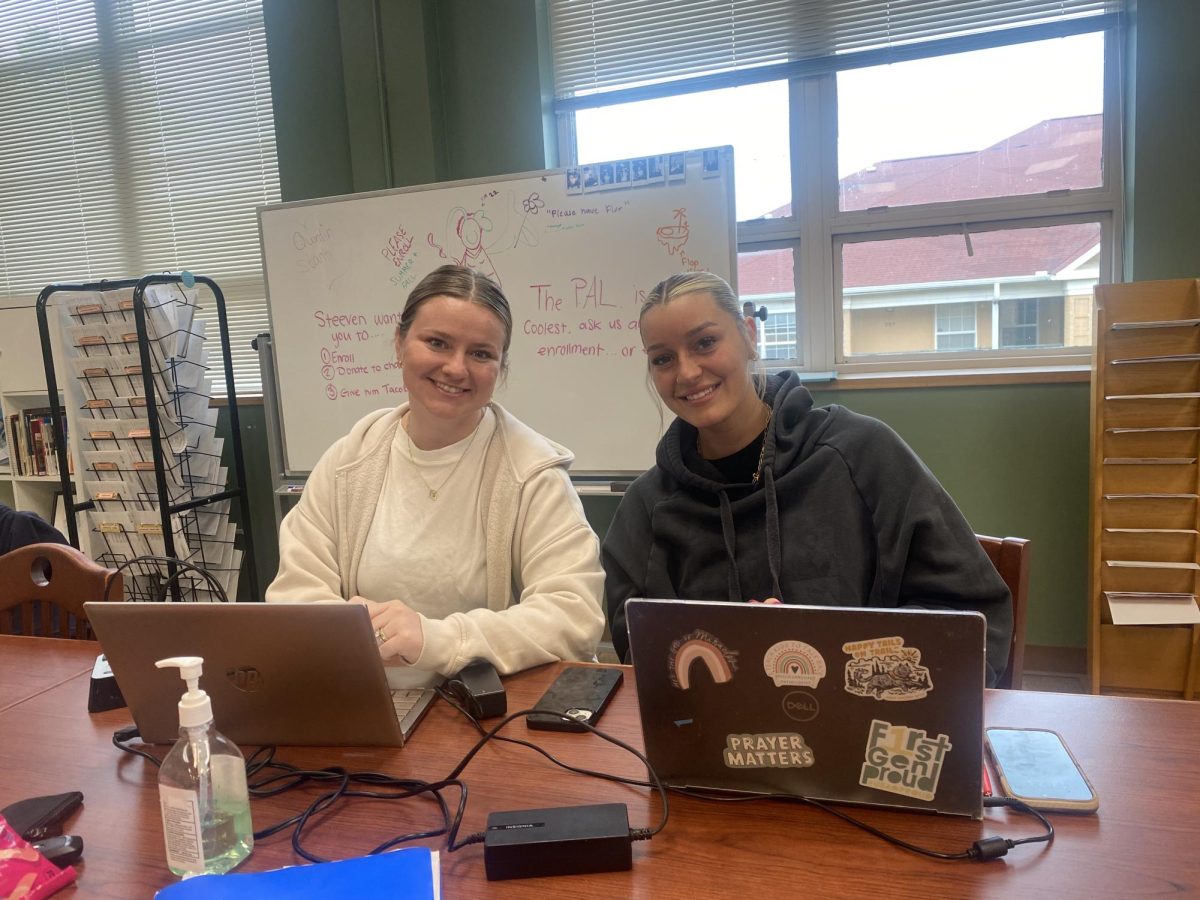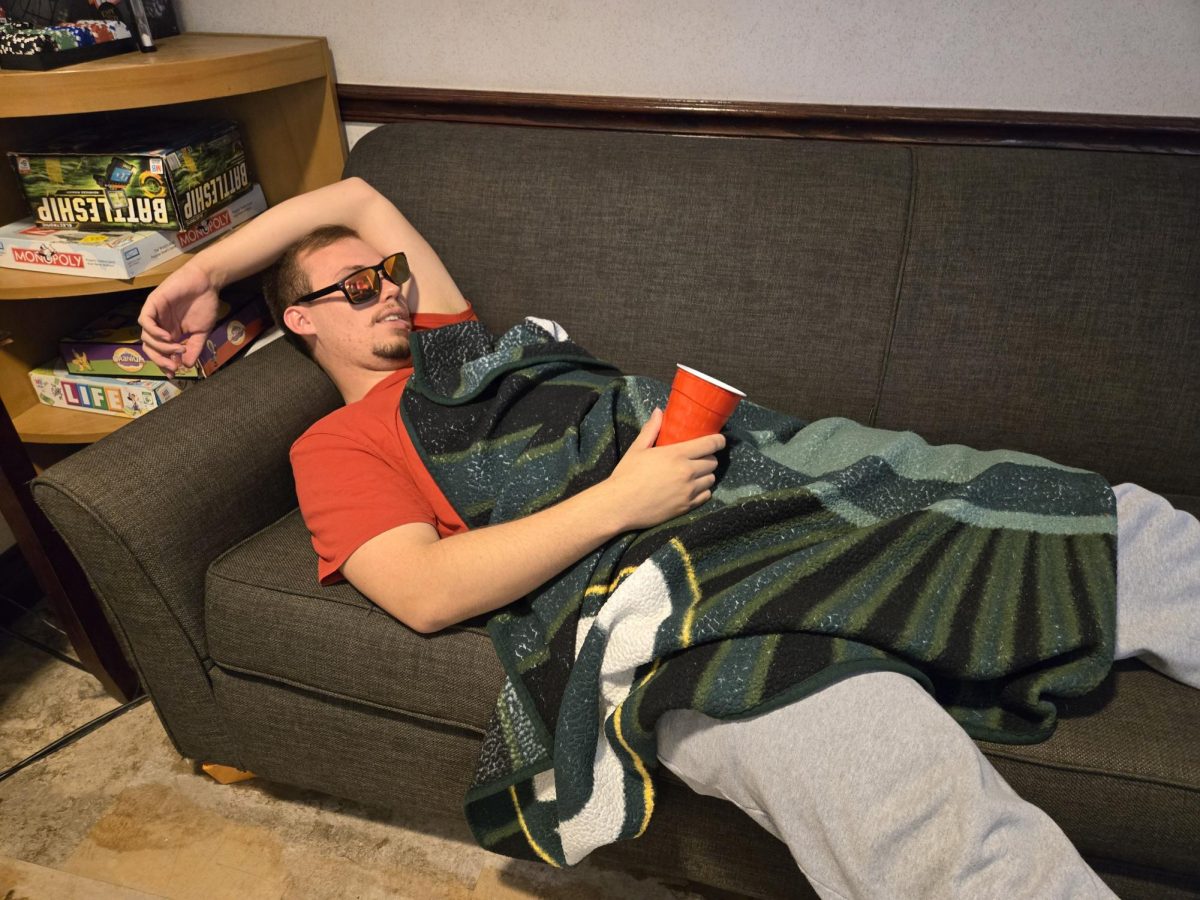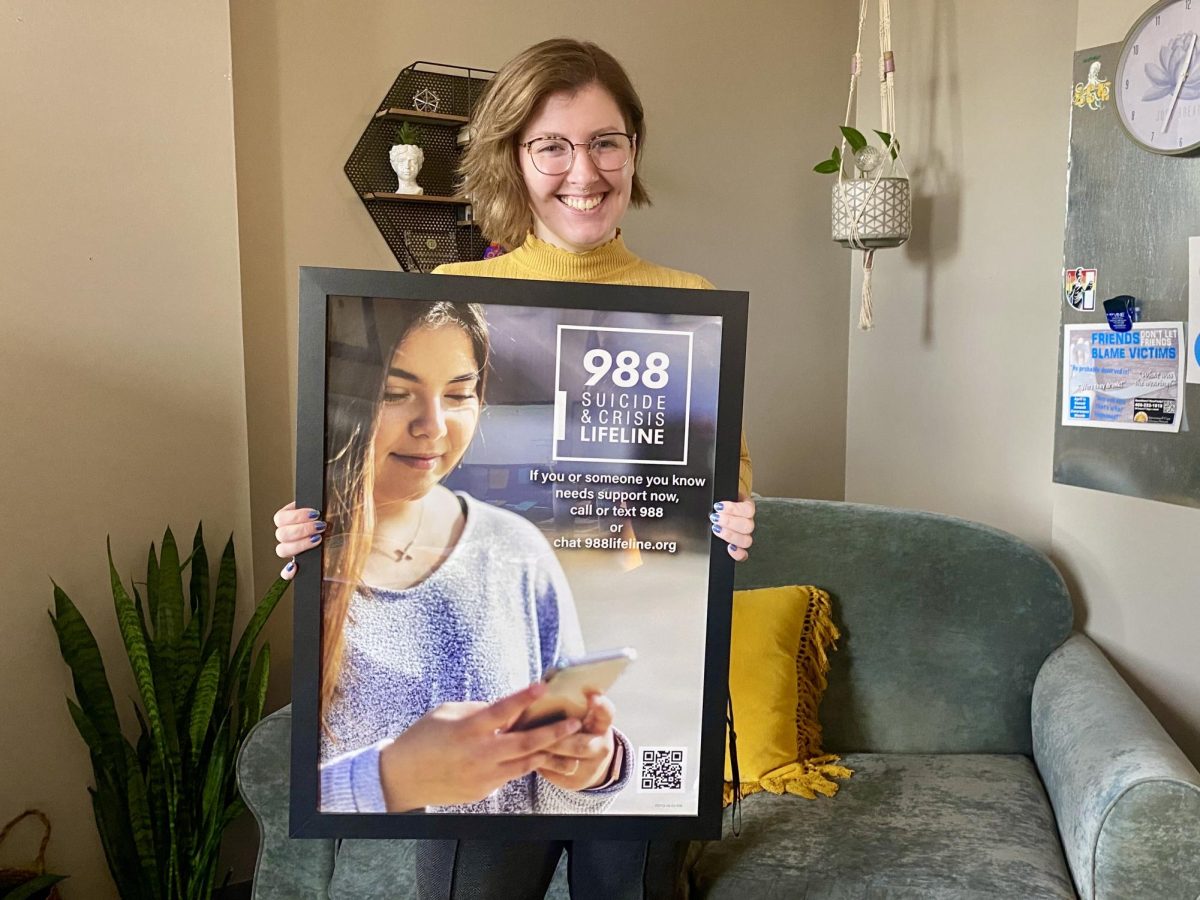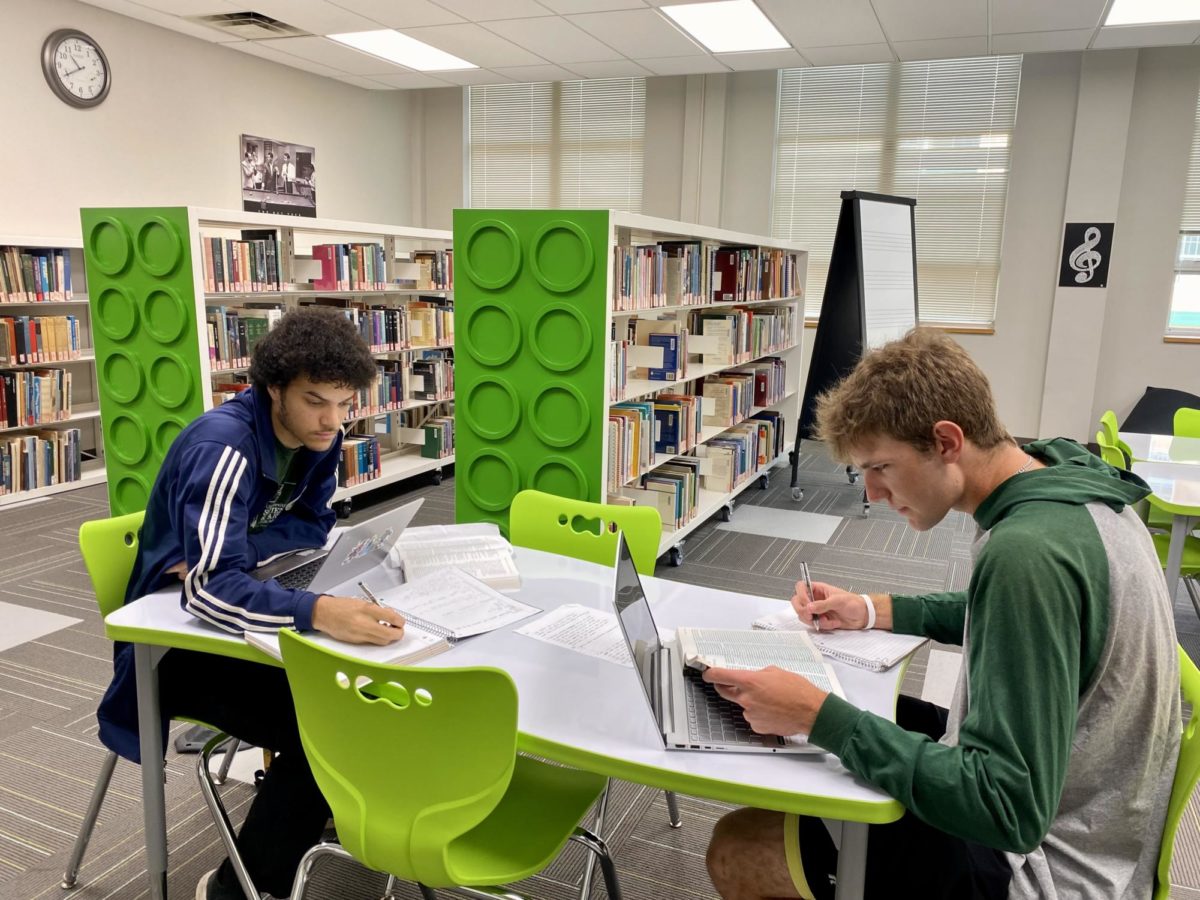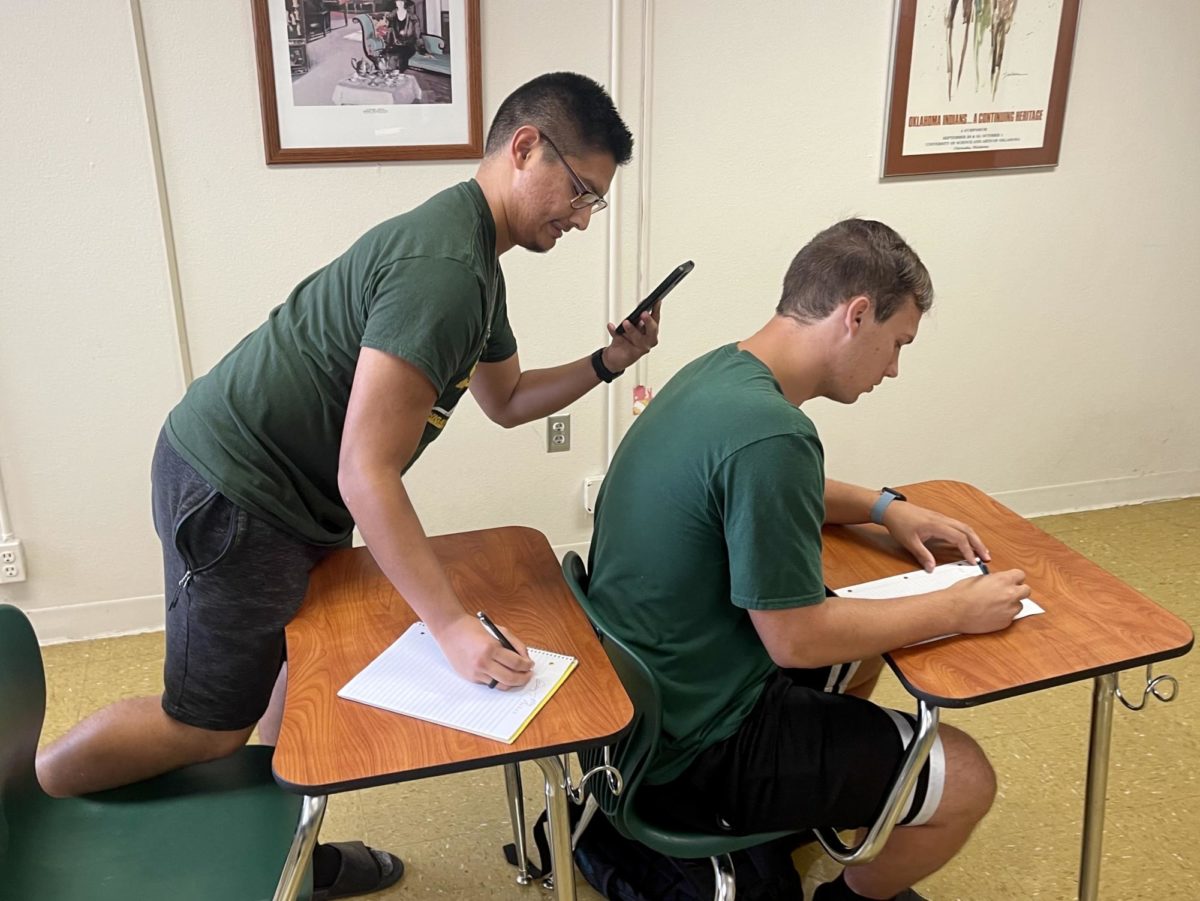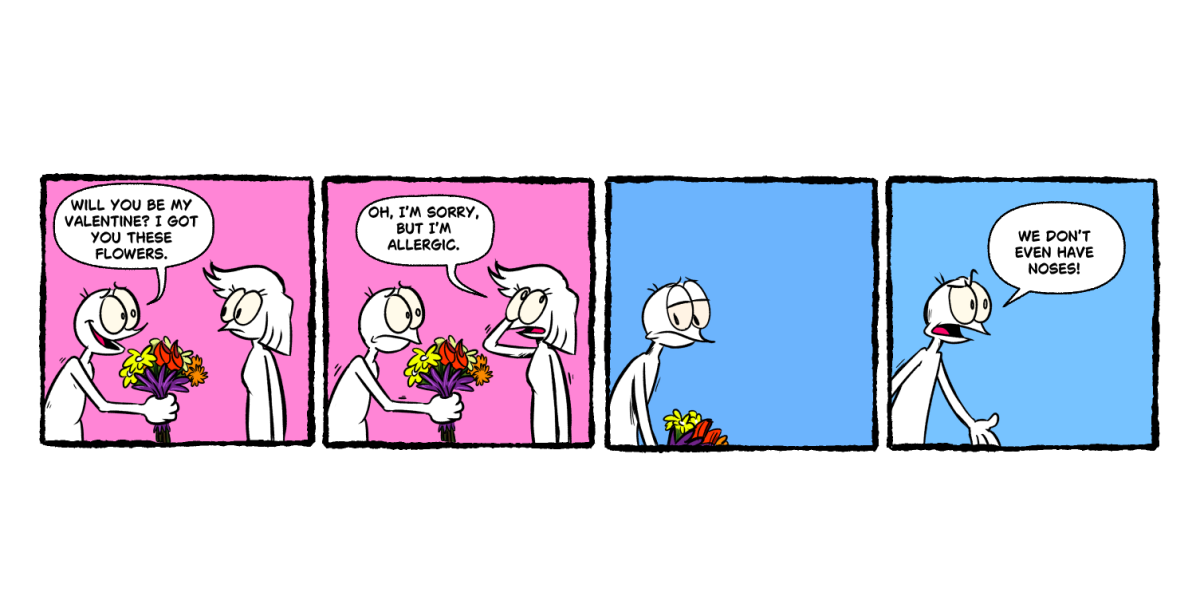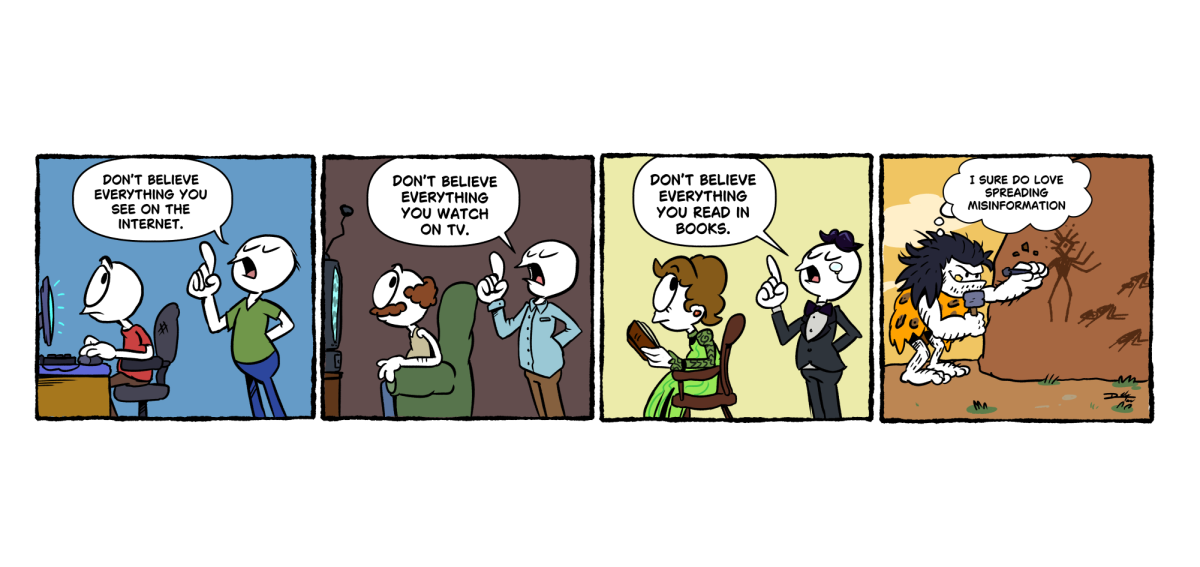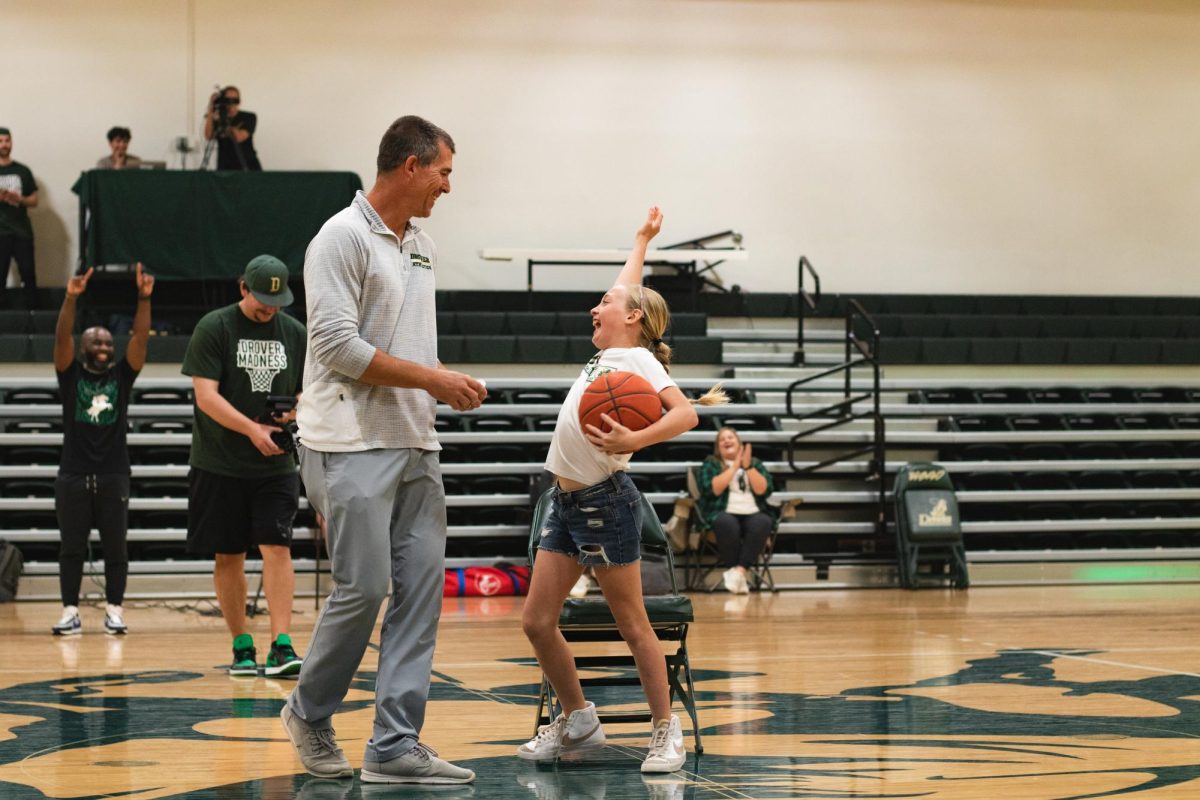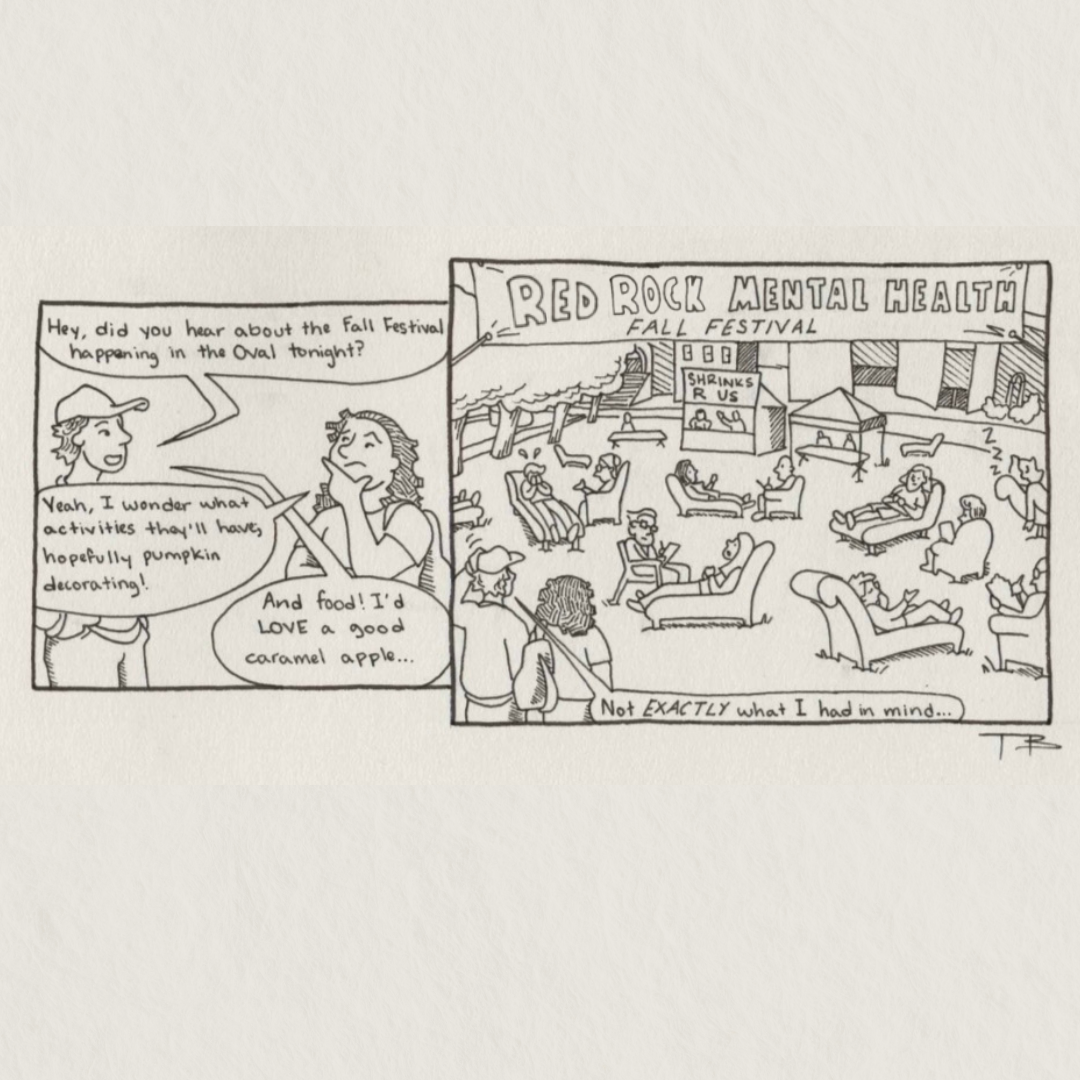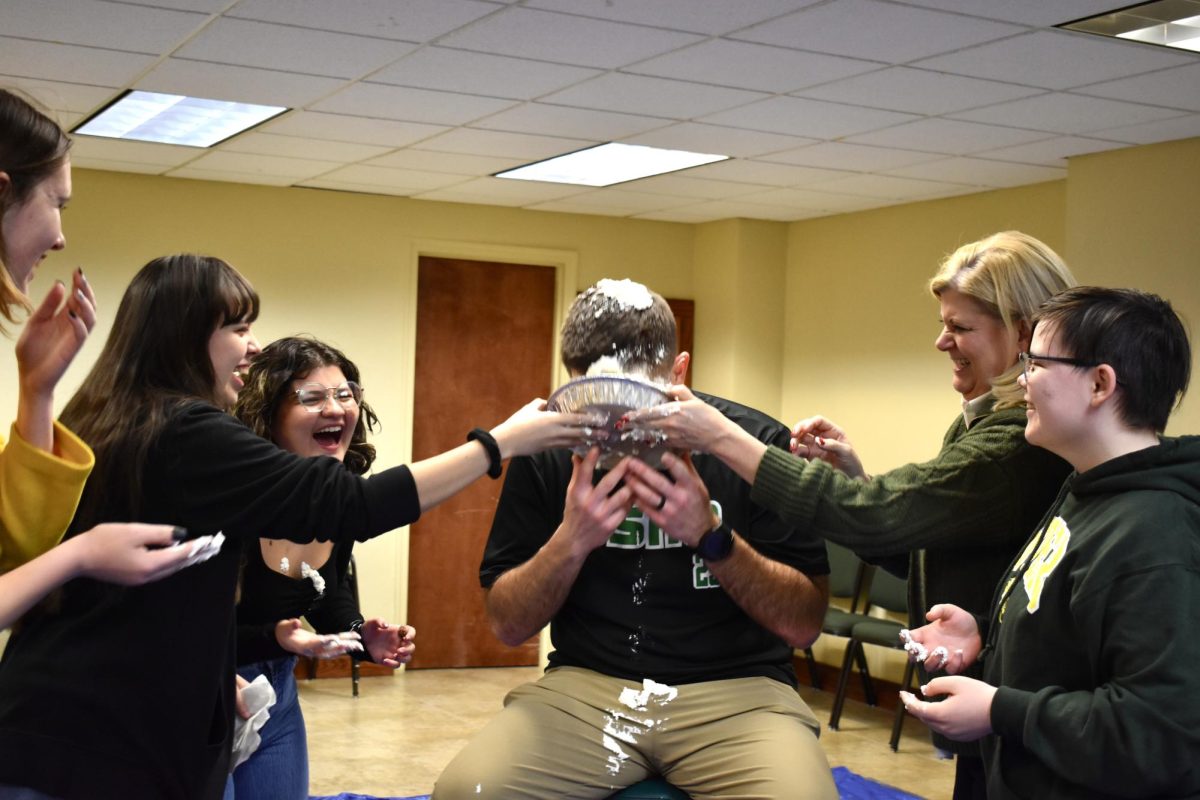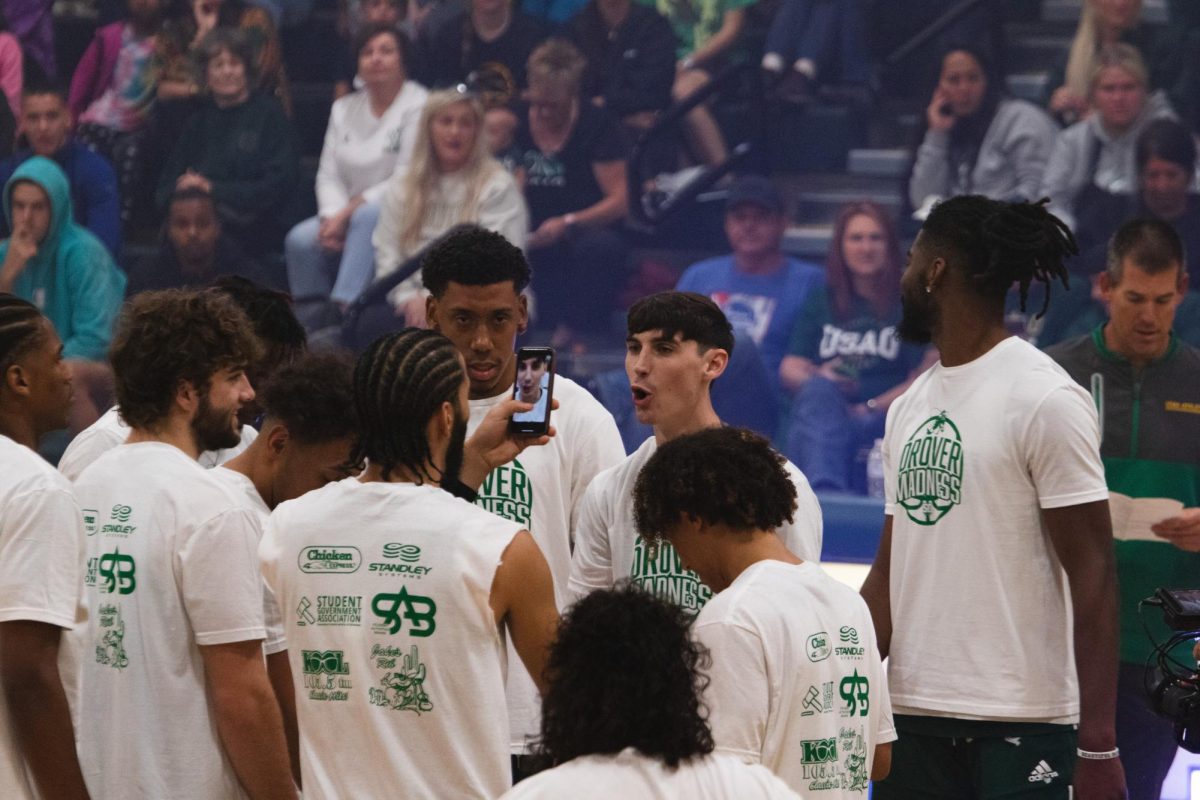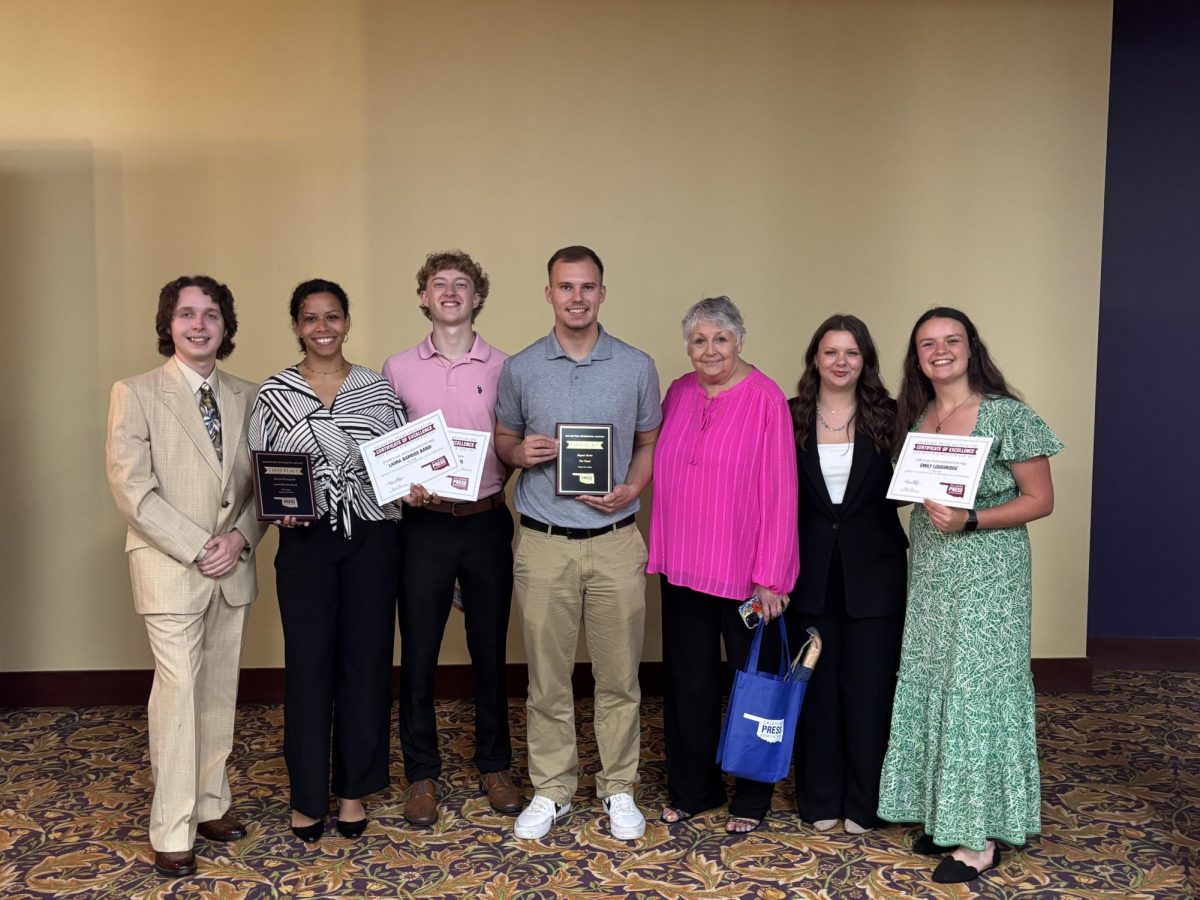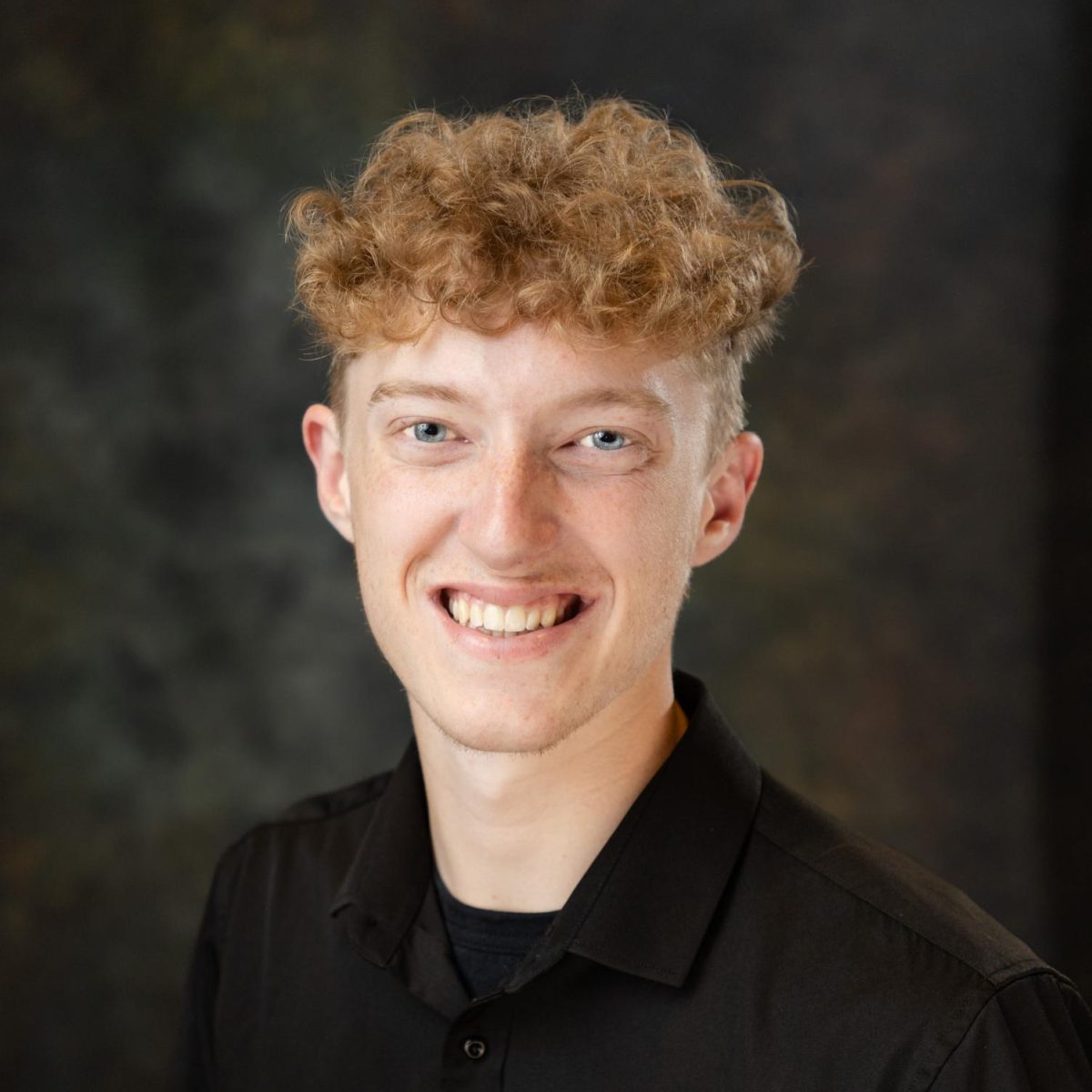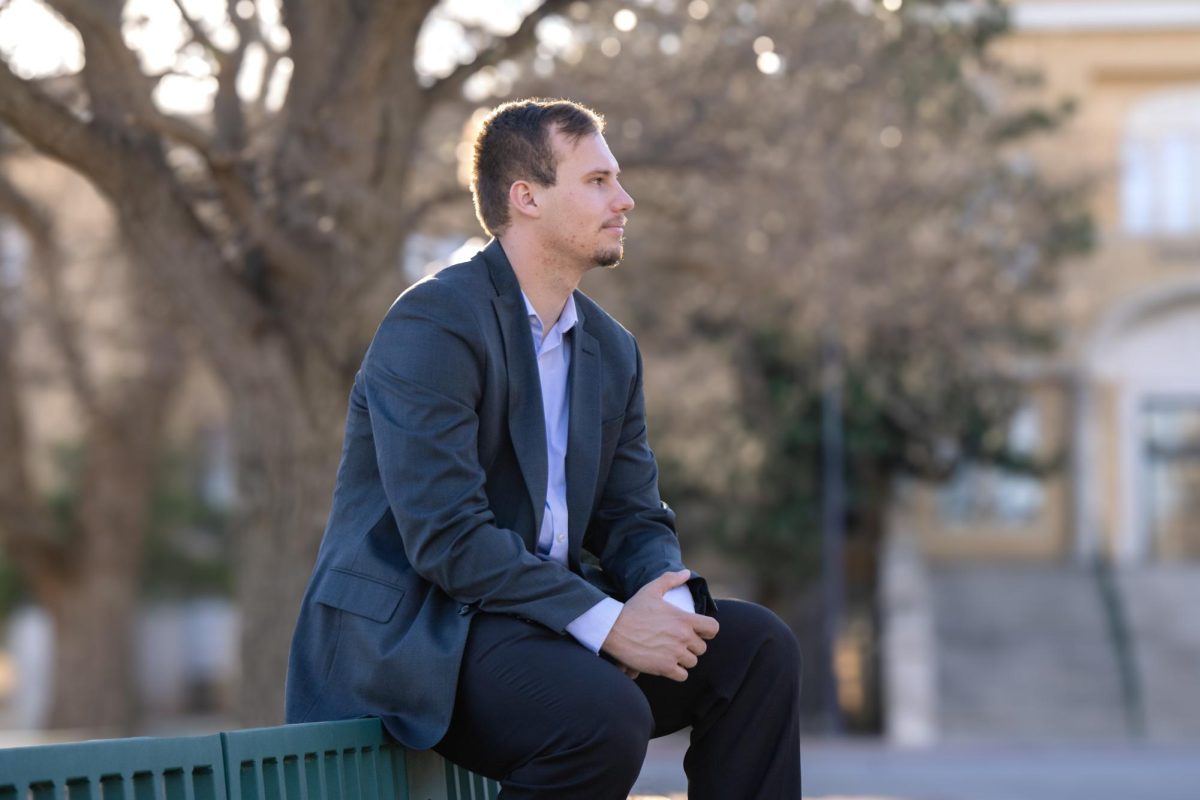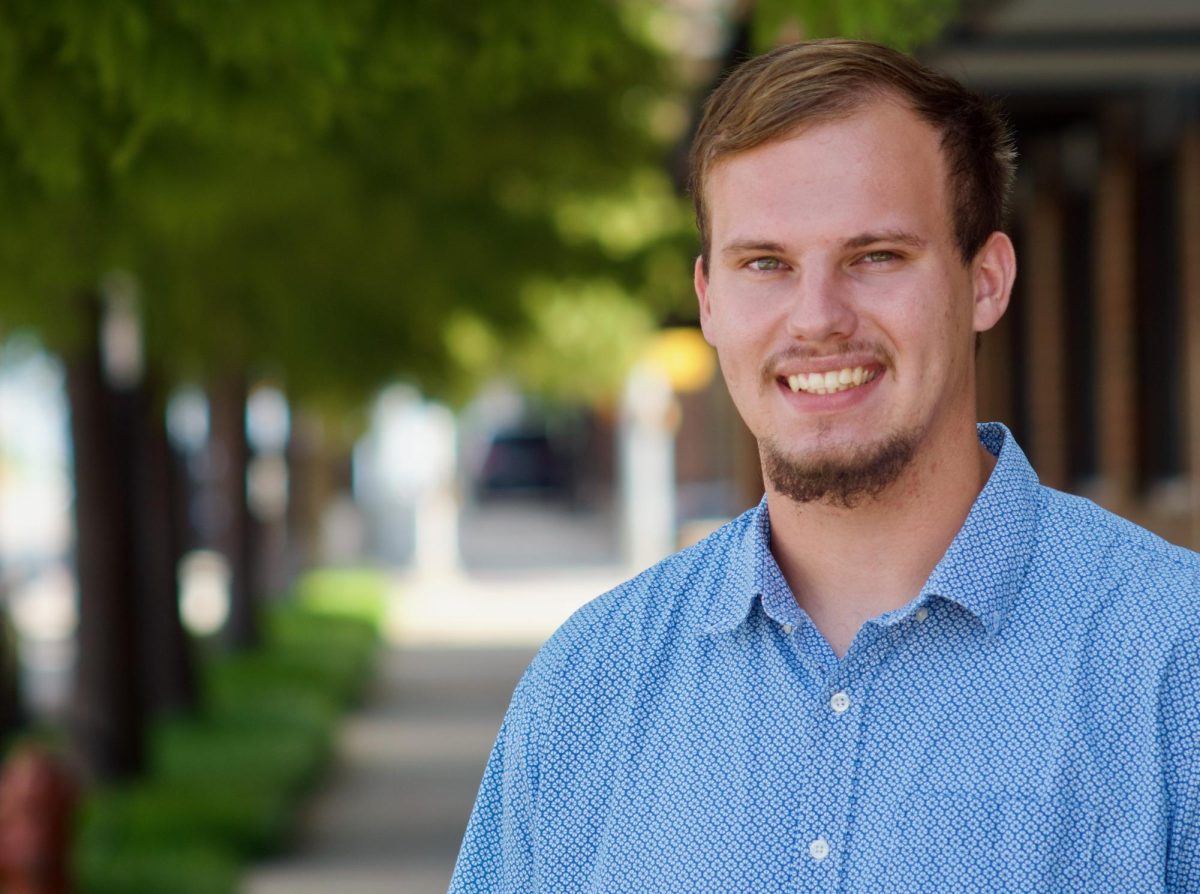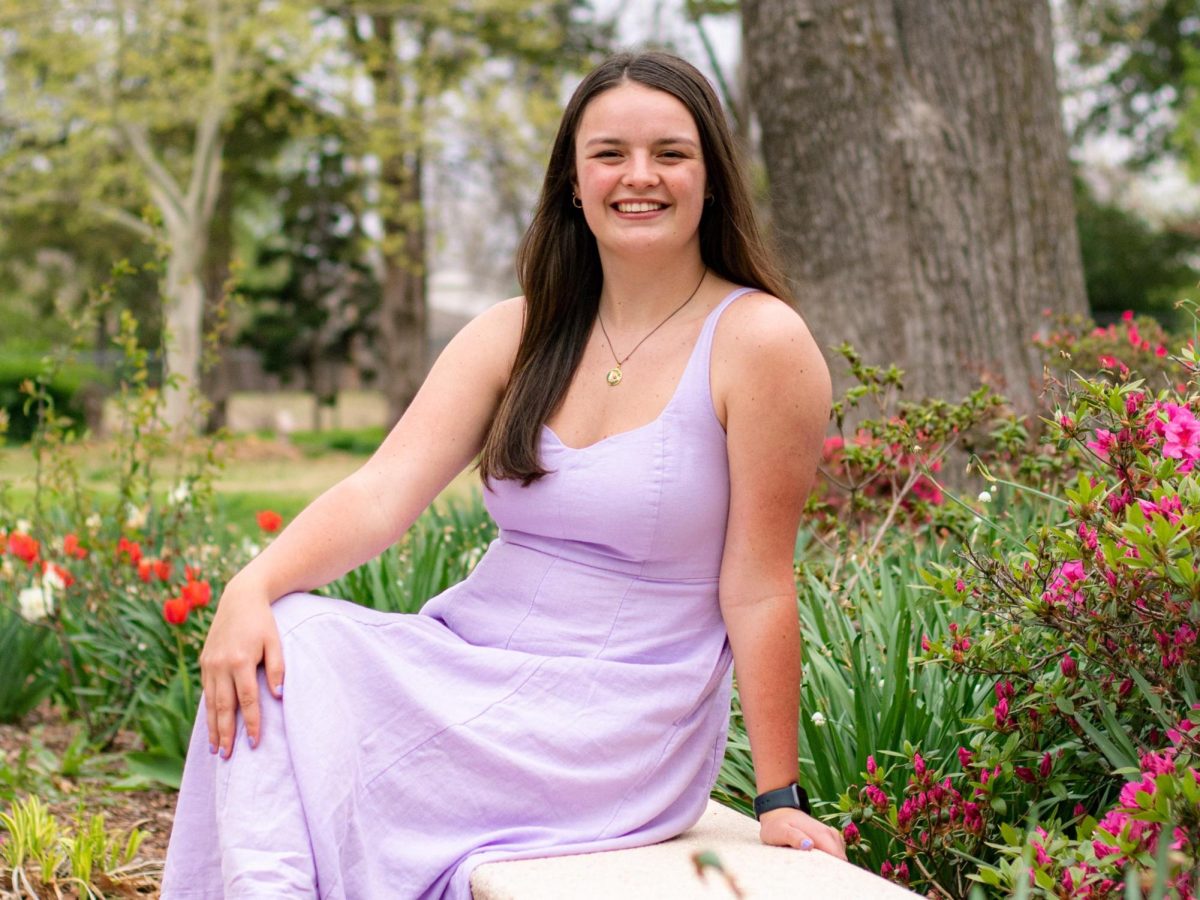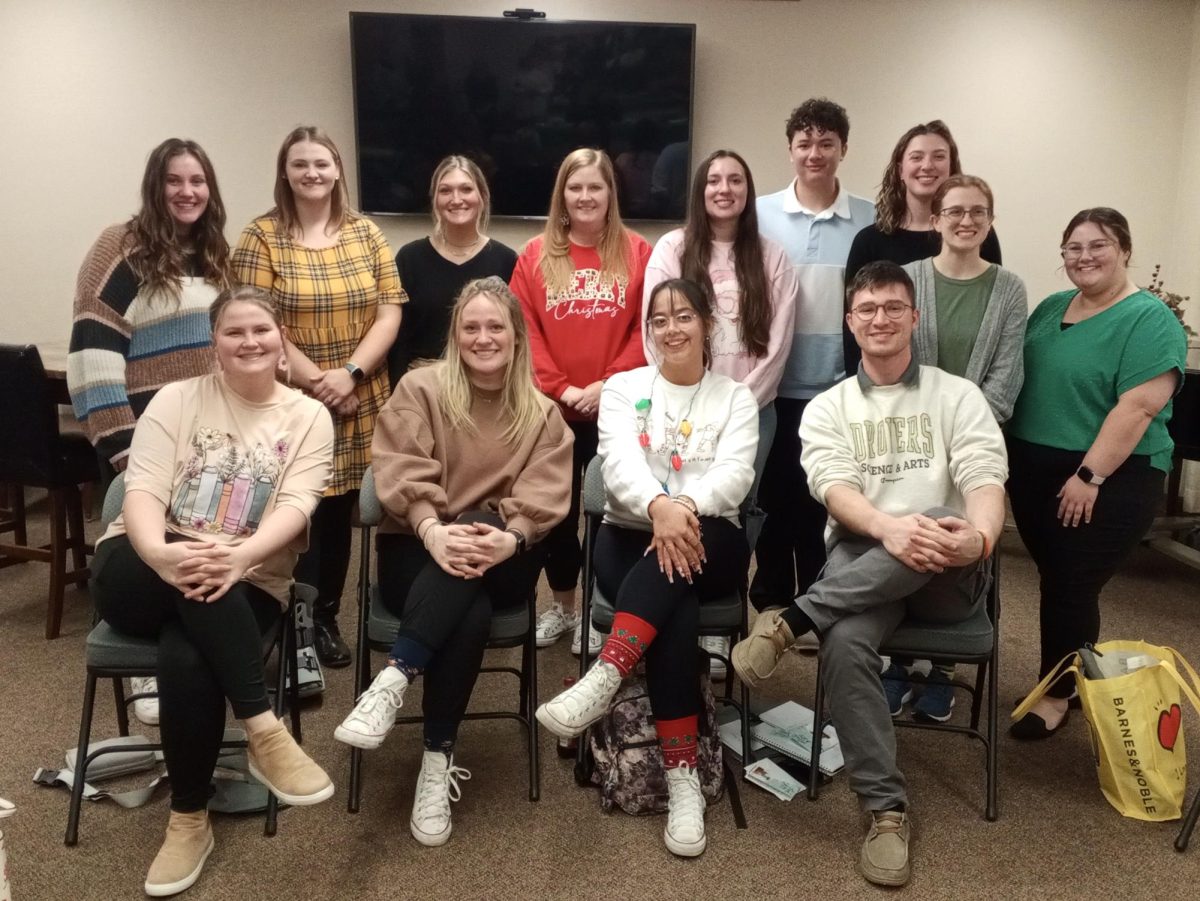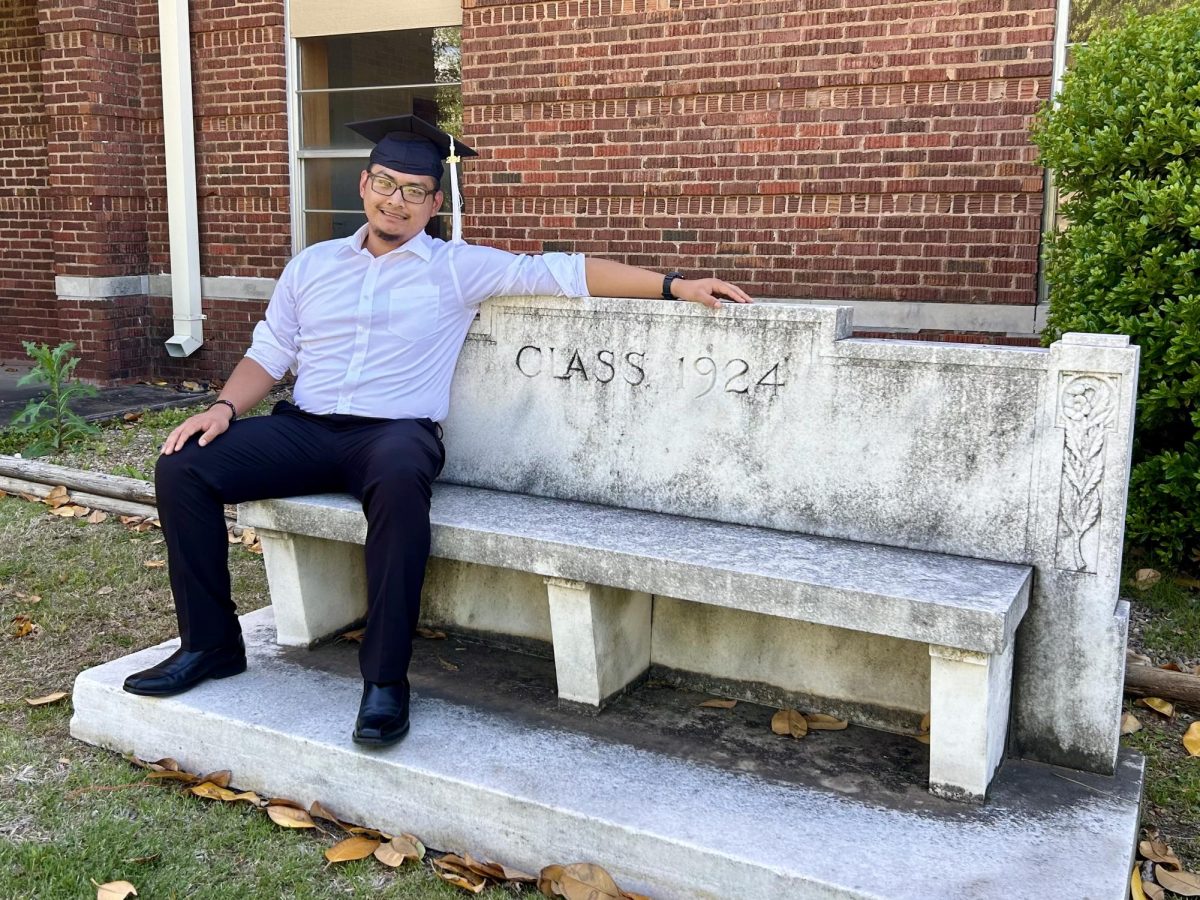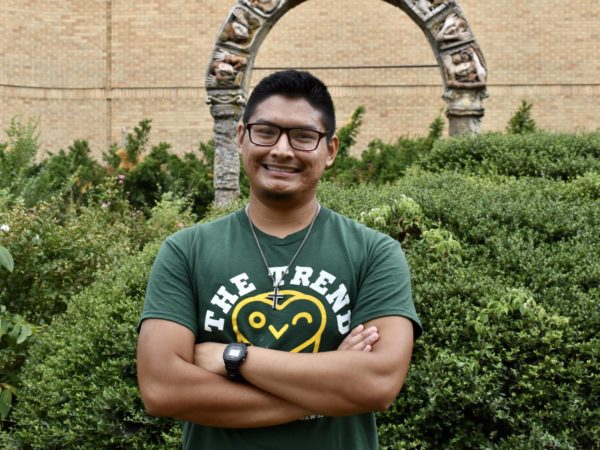Those who have been through the public education system have been taught by a number of teachers from pre-k to graduation. Behind every single one of those teachers lies a complex story of how they got there.
USAO has an education program that takes students and guides them on the path to become tomorrow’s educators. This journey begins with a student declaring education as their major and slowly joining the world of education. Orientation to Teaching is one of the first classes educators take at USAO.
Dr. Linda McElroy, professor of education, has seen many students become teachers during her 28 years at the university. She teaches future educators from Orientation to Teaching until Senior Seminar. With such a long journey, Dr. McElroy said students change during their four years in the program, both as people and as emerging professionals.
“They’re curious as students in the Orientation to Teaching class,” Dr. McElroy said. “The more they are in classes where they learn a variety of theories they learn how they need to modify their teaching methods for different groups of students.”
Noah Holden, a senior vocal music education major, has seen USAO and the music department go through several changes, including the Covid-19 pandemic and the retirement of Dr. Jan Hanson.
“I would just like to be working with students, involving them with music either if it’s voice teaching, choir, or instruments,” Holden said. “I want others to feel like they have the ability to create music, and create beautiful sound whether in a choir or a band. And I want to be a good influence in their lives.”
Holden said that spending years at USAO has helped him feel prepared to student teach in the upcoming spring trimester. He also said he is really excited to use what he has learned in class and apply that in that in the classroom as a teacher.
Students who transfer in with an associate’s degree can also join the path to be an educator. Phoebe Smith, senior elementary education major, and Shaylin Hall, senior elementary education major, took this route. Smith transferred in from Tulsa Community College (TCC) and Hall transferred in from Oklahoma City Community College (OCCC).
“It’s a little different for us because it was fast tracked in a sense,” Smith said. “It hits you like a storm once you show up.”
Both Smith and Hall advise education majors to befriend those who are upperclassmen in their same major. Smith said that even if a student is a semester ahead of you, they can still give you helpful advice, such as how to fill out applications or how to best prepare for tests and observations.
There are some students whose journey did not start out as education majors, instead deciding to go into the program after their freshman year at USAO, like Chandler Leamon-Webb, a senior political science and history education major.
Leamon-Webb wanted to originally become an attorney. He decided to take Orientation to Teaching during his sophomore year, since he thought he would deal with educational issues while in that field.
“That’s when I realized I didn’t want to be an attorney anymore, I realized I wanted to teach,” Leamon-Webb said. “Orientation to Teaching ignited that passion within me, and I was like ‘okay this is what I want to do.’”
Leamon-Webb added the history education major to his plate and made social studies his focus. He also said that education is rewarding to him, and he feels rewarded already despite not working full-time in the classroom just yet.
Perhaps one of the most daunting things for an education major is building their portfolio. Their portfolio is a collection of all of the work that they have done over their time in the education program.
The two required clinical classes are important for those in the education program, as the first askes students to observe a class at a public school for 25 hours a week and the second askes the student to teach a lesson in the classroom. Hall said that in her Clinical II class, she taught a lesson in social studies.
One of the last steps in an education major’s journey is their trimester of student teaching. Known as the professional trimester, prospective teachers are placed within a public school district. During this time, they work on certification tests required by the State of Oklahoma such as the Subject Area Test (OSAT) and the Praxis Performance Assessment for Teachers (PPAT).
“All of student teaching is a scaffolded experience for us to literally become teachers,” Smith said. “We will be there all day, all week, until the end of April, which is both exciting and terrifying at the same time.”
Students during the professional trimester will also return to class once a week, taking a class taught by Dr. Nancy Hector, professor of education. This class helps them prepare for the OSAT and PPAT, and also helps them look for job openings and apply for interviews.
Dr. Hector says that she sees students “blossom” during this trimester, as they grow as professionals being in a real school with real students five days a week.
When the student completes their semester of student teaching, passes their OSAT and PPAT, and meets all requirements from the university, they graduate and become certified teachers. Once graduated, new teachers usually don’t have a problem finding a position within a school district, according to Dr. McElroy.
“Our people are getting jobs, and we’ve been really careful to see that they are well prepared for it,” Dr. McElroy said. “The principals in the area who have hired our graduates have been happy, and they have been reaching out to us asking ‘who do you have that we can interview?’”
USAO will also keep in contact with graduates, to see how their journey into the real world went. They also ask if there was anything that needed to be added to the education curriculum, as to better the educational journey for students in an ever-changing world. It is a continual process of tweaking, according to Dr. McElroy.
Paul Tointigh is a fourth-year communication major at the University of Science and Arts of Oklahoma.



